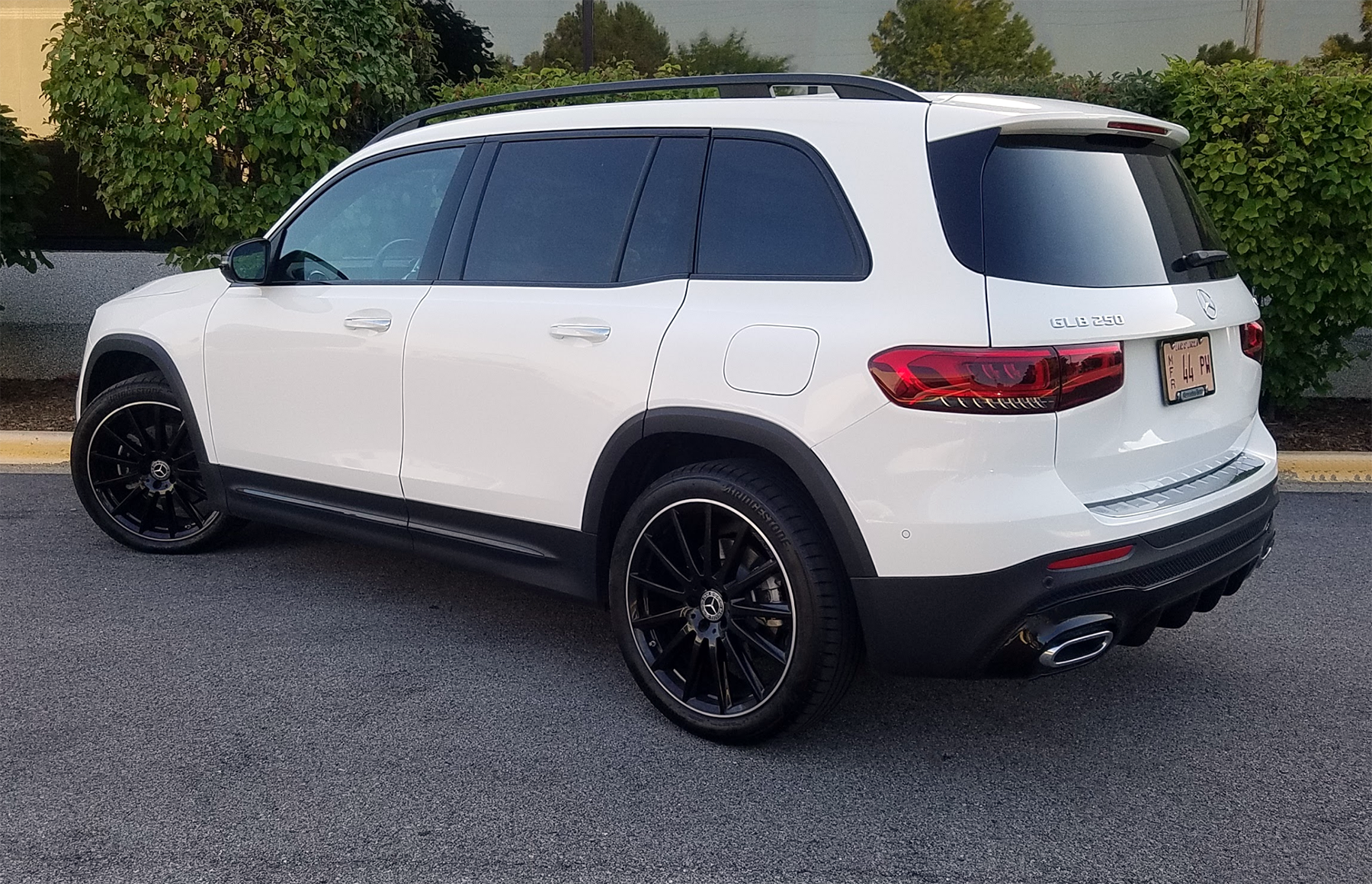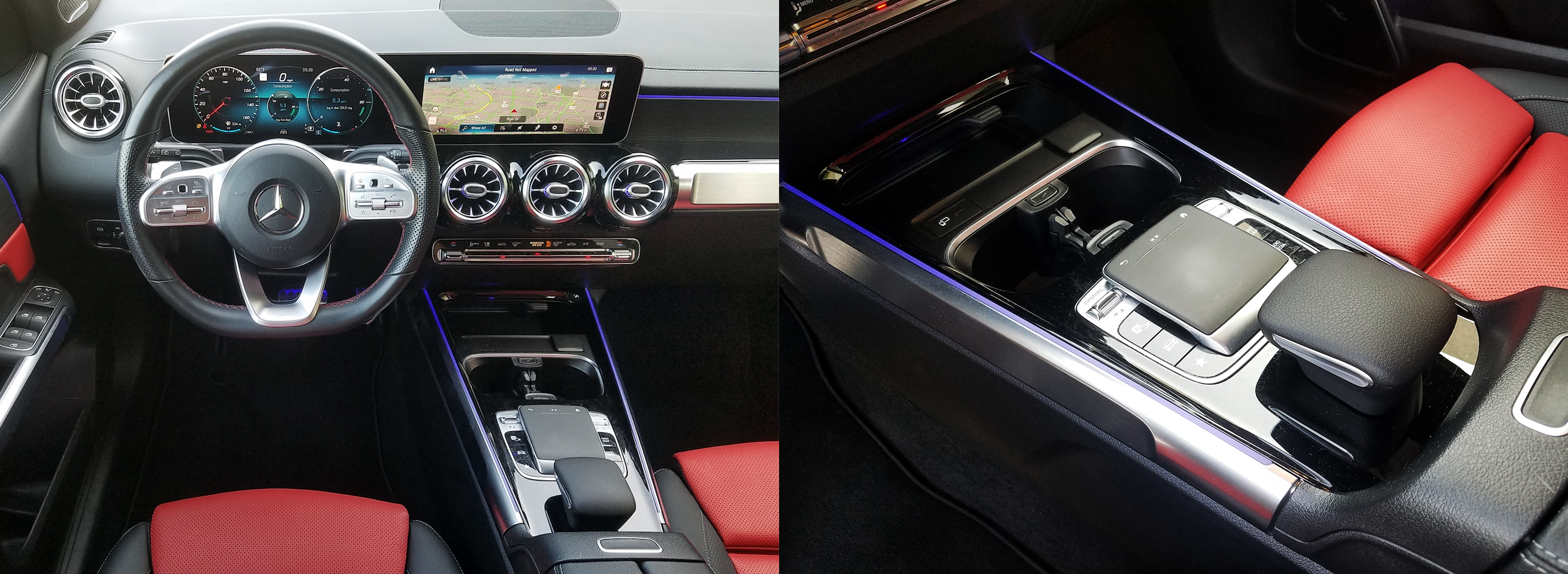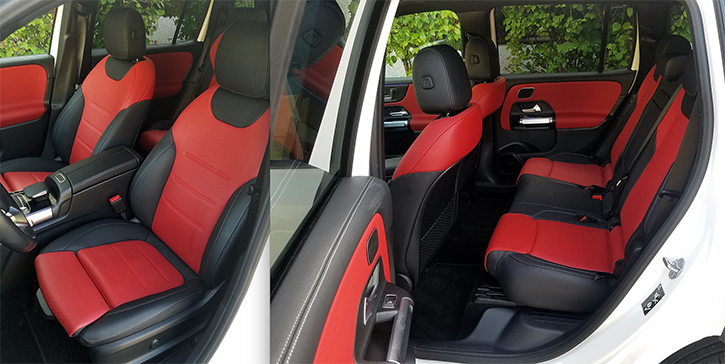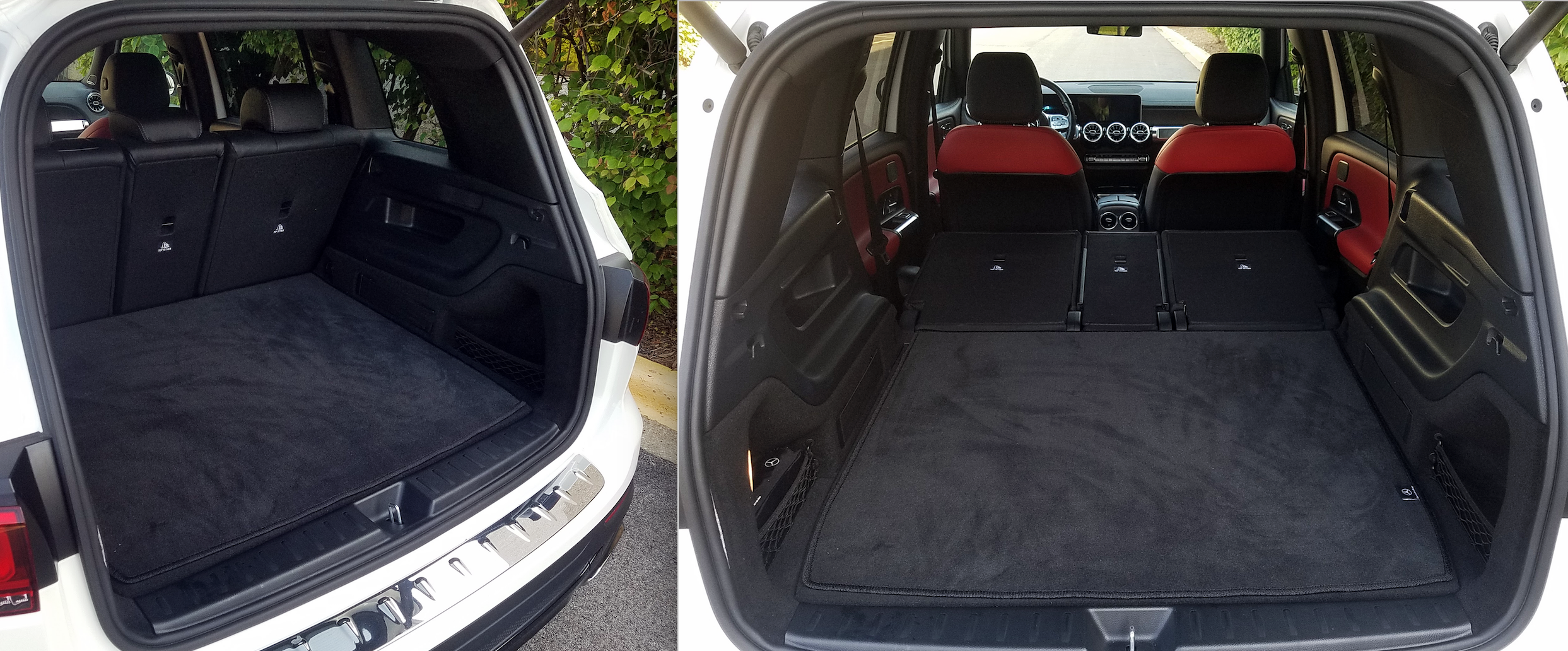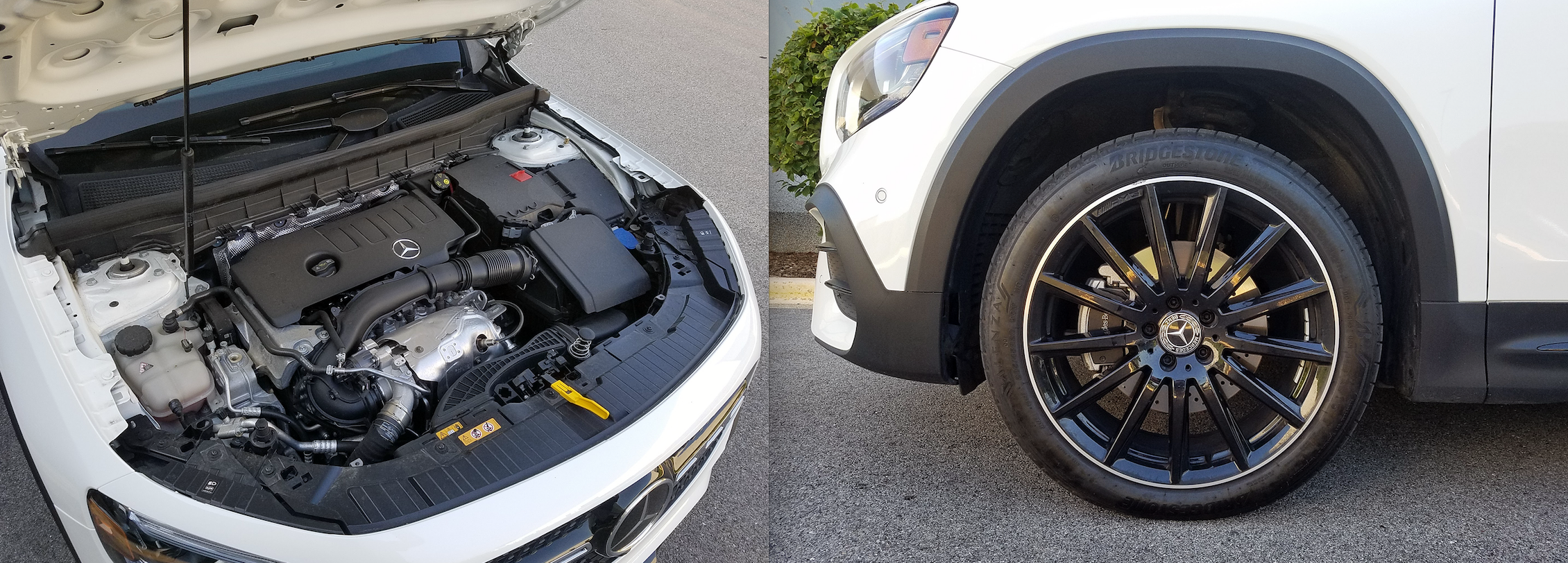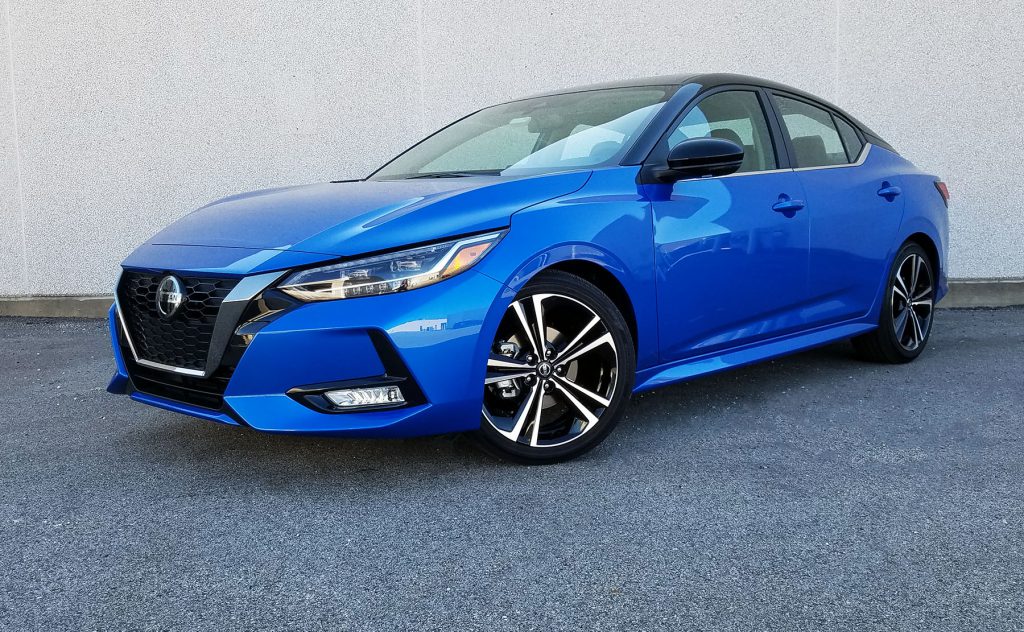
2021 Nissan Sentra SR in Electric Blue Metallic/Super Black two-tone (a $250 option)
2021 Nissan Sentra SR
Class: Compact Car
Miles driven: 181
Fuel used: 6.3 gallons
| CG Report Card | |
|---|---|
| Room and Comfort | B |
| Power and Performance | B- |
| Fit and Finish | B |
| Fuel Economy | B- |
| Value | B+ |
| Report-card grades are derived from a consensus of test-driver evaluations. All grades are versus other vehicles in the same class. Value grade is for specific trim level evaluated, and may not reflect Consumer Guide’s impressions of the entire model lineup. | |
| Big & Tall Comfort | |
| Big Guy | B |
| Tall Guy | B |
| Big & Tall comfort ratings are for front seats only. “Big” rating based on male tester weighing approximately 350 pounds, “Tall” rating based on 6’6″-tall male tester. | |
| Drivetrain | |
| Engine Specs | 149-hp 2.0-liter |
| Engine Type | 4-cyl |
| Transmission | CVT |
| Drive Wheels | FWD |
Real-world fuel economy: 28.7 mpg
Driving mix: 50% city, 50% highway
EPA-estimated fuel economy: 28/37/32 (city, highway, combined)
Fuel type: Regular gas
Base price: $21,750 (not including $925 destination charge)
Options on test vehicle: SR Premium Package ($2270); Lighting Package ($500); two-tone paint ($250); carpeted floor mats with trunk mat ($215)
Price as tested: $25,910
Quick Hits
The great: Value pricing; passenger space in both front and rear seats
The good: Generous list of available comfort, safety, and technology features; dynamic styling
The not so good: Steering feel isn’t very communicative; only one powertrain available
More Sentra price and availability information
CG Says:
To twist up an old expression, the more things stay the same, the less they change. That’s one way to look at the 2021 Nissan Sentra.
The larger and better seller of Nissan’s two compact sedans, the Sentra was redesigned for 2020 (as was the junior Versa). Typically, that means marginal change for year two—if any at all—and that’s certainly true of the ’21 Sentra. You’ll find standard Apple CarPlay/Android Auto connectivity on all models now that it has been added to the entry-level S model.
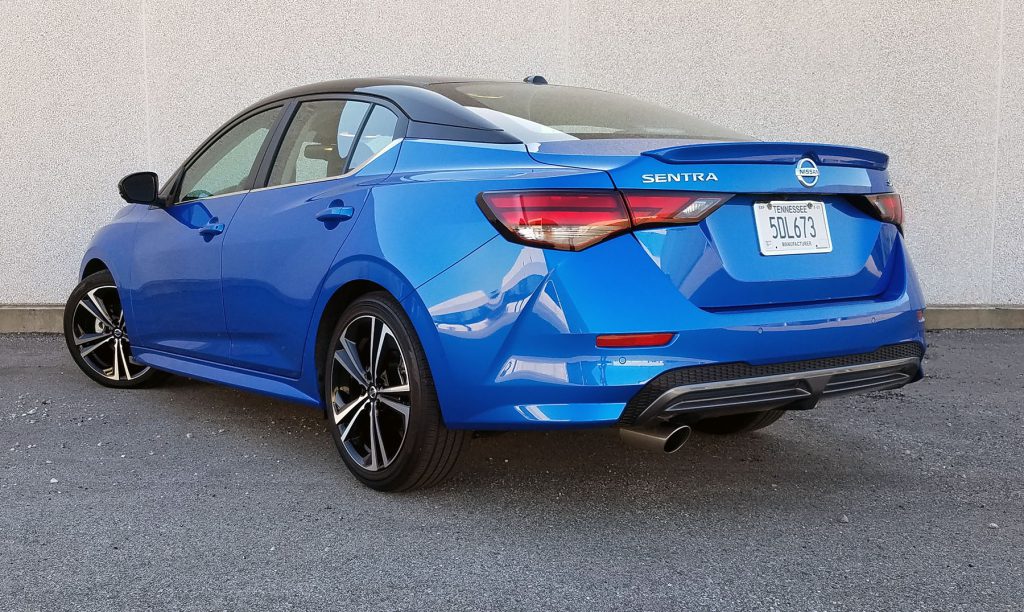
After its redesign for the 2020 model year, the Nissan Sentra sees only minor changes in standard equipment for 2021.
Another change—inevitably, perhaps—is in prices. The 2021 S and top-line SR start at $320 more than they did in ’20, while the mid-level SV is up by $200. The delivery fee is unchanged, so those increases are all in the car somewhere. Certain options have gone up as well. Some examples: The carpeted floor-mat/trunk-mat package asks an extra $10. The SR Premium Package costs $100 more. At least the Premium Package earns its extra money by adding NissanConnect telematics and remote access (via smartphone) and a Wi-Fi hotspot.
Test Drive: 2021 Hyundai Elantra SEL
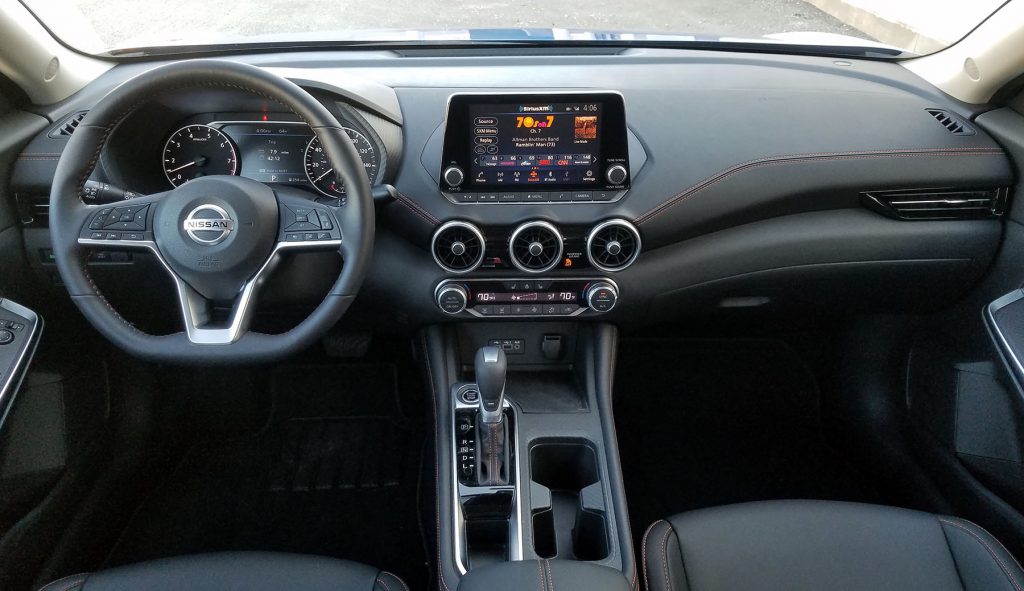
The Sentra’s dashboard has a sporty-looking layout with clear, easy-to-use controls. Orange contrast stitching and padded surfaces on the dash help give the SR model an upscale feel for the price.
All things considered, Consumer Guide’s 2021 SR test car was pretty much like the 2020 model it drove. Paint colors were different (but both were two-toned with a black roof) and the ’21 car did add an optional lighting package with external “puddle lights” and interior ambient lighting. At $25,910 including delivery, it cost almost $600 more than the ’20 test car.
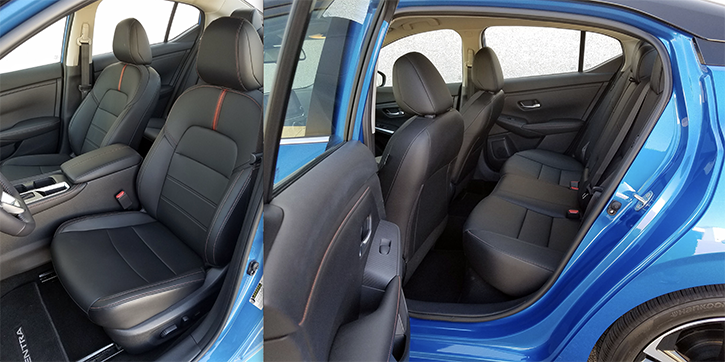
The SR Premium Package adds features such as Prima-Tex leatherette upholstery, a 6-way power driver seat with 2-way power lumbar, heated front seats, heated steering wheel, and an 8-speaker Bose premium audio system.
Performance from the 149-horsepower 2.0-liter 4-cylinder engine and continuously variable transmission (CVT)—Sentra’s sole powerteam—is alert but not particularly refined from a start (the engine is noisy when accelerating). The car doesn’t feel overmatched in highway operation, and the Nissan CVT is one of the better of this type of transmission. EPA fuel-economy ratings for the SR—28 mpg city/37 mpg highway/32 mpg combined—slightly lag those of the S and SV models. CG editors averaged 28.7 mpg overall in testing that consisted of about 50 percent city driving—slightly better than the 27.9 mpg they saw from a nearly identical city-highway mix with the 2020 car. Ride and handling quality may not be exceptional, but there is a nice balance between them, so the Sentra is pleasant to drive or ride in.
Quick Spin: 2020 Volkswagen Jetta GLI
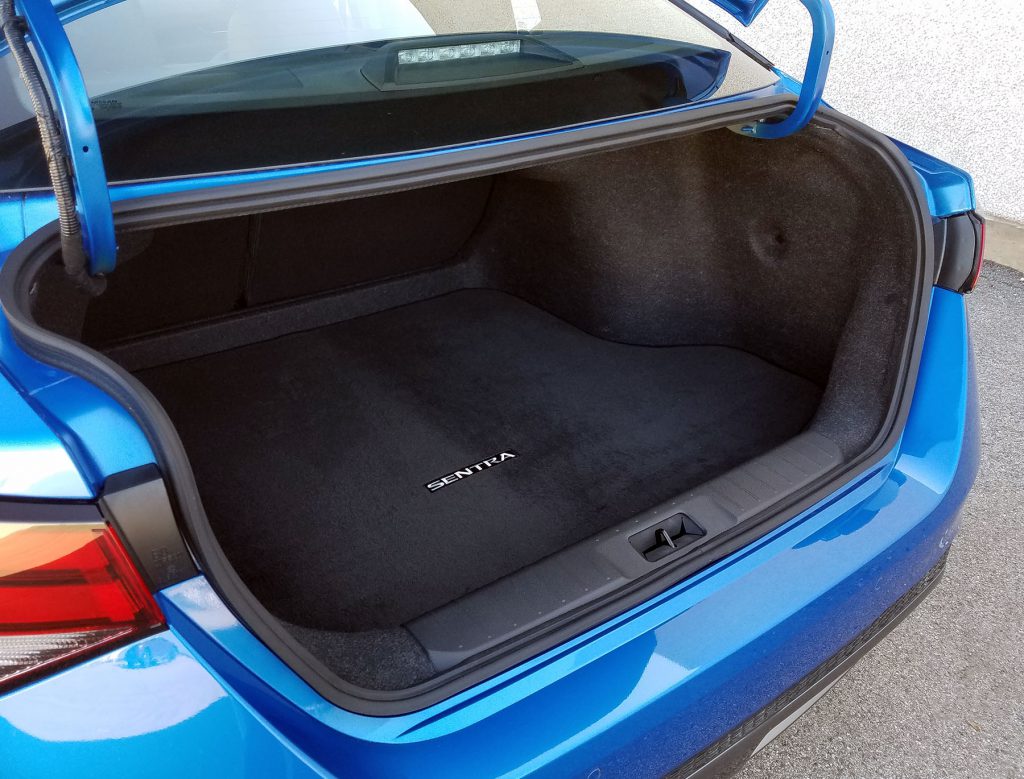
The Sentra offers 14.3 cubic feet of trunk space–on par with most class rivals.
Room and comfort are small-car good in both rows, and it might be possible to fit a third adult into the rear seat for a short trip. Standard seats feature sport-cloth upholstery with orange contrast stitching but leatherette comes with the Premium option. Soft, yielding surfaces are found on the dash, door centers, and tops of the front doors, and leather covers the steering wheel and shift knob. The 8-speaker Bose audio system included in the Premium Package was easy to use and program via the standard 8-inch touchscreen, but volume and tuning knobs help, too. Dual-zone climate controls mix convenient temperature-setting dials with repetitive-push buttons for other functions.
Cabin storage amounts to a good-sized glove box, small console box, small door pockets (especially in back), large bin at the front of the console, a pouch on the back of the front passenger seat, and exposed cup holders in the console and pull-down rear armrest. There’s useful trunk space. Rear seats are split 60/40 and fold above the level of the trunk floor. Wheel houses constrict the space where the trunk and rear seat meet, and a bulkhead narrows the opening from the trunk.
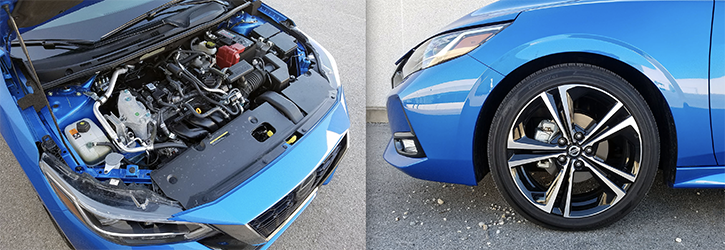
The Sentra’s sole powertrain is a 149-horsepower 2.0-liter 4-cylinder paired with a continuously variable automatic transmission. The SR model comes standard with 18-inch alloy wheels on low-profile tires.
Other SR standard equipment includes 18-inch alloy wheels, a dark-chrome treatment for the grille, LED headlights and fog lights, heated exterior mirrors with black-painted shells, a rear spoiler, lower-bodyside sill extensions, and a chrome exhaust finisher. Safety is enhanced by the Nissan Safety Shield 360 system with automatic emergency braking with pedestrian detection, blind-spot alert, rear cross-traffic alert, lane-departure warning, high-beam assist, and rear automatic braking. An “Intelligent Around View” 360-degree monitor is a Premium Package feature.
The 2020 redesign made the Nissan Sentra into a compelling compact-sedan choice. Even though the car hardly changes, that stays the same for 2021.
Test Drive: 2021 Toyota Corolla SE Apex Edition
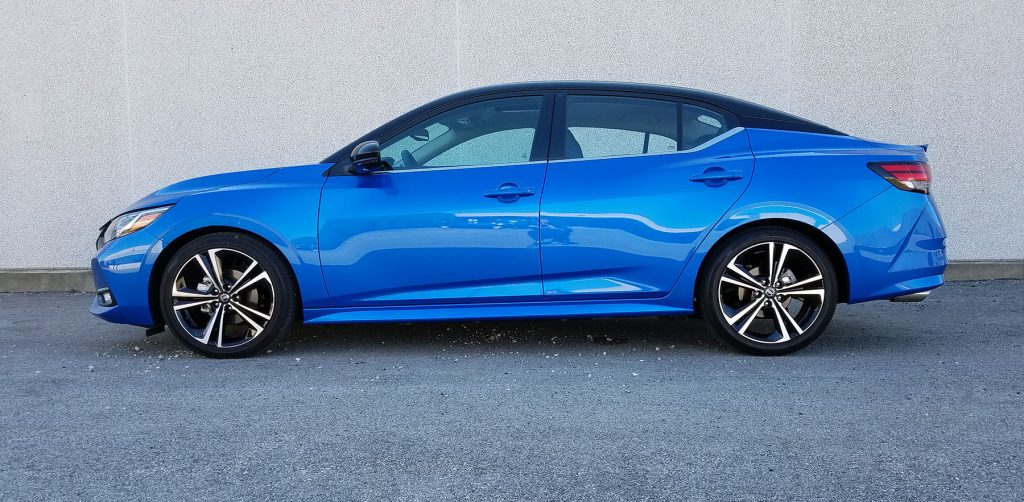
The Nissan Sentra’s driving dynamics aren’t quite as, well, dynamic as its styling, but it’s a practical, well-rounded compact sedan that offers a generous list of comfort and convenience features at competitive prices.
Check out the Consumer Guide Car Stuff Podcast
2021 Nissan Sentra SR Gallery
(Click below for enlarged images)
2021 Nissan Sentra SR
2021 Nissan Sentra SR
For GREAT deals on a new or used Mercedes check out Mercedes Benz of Flagstaff TODAY!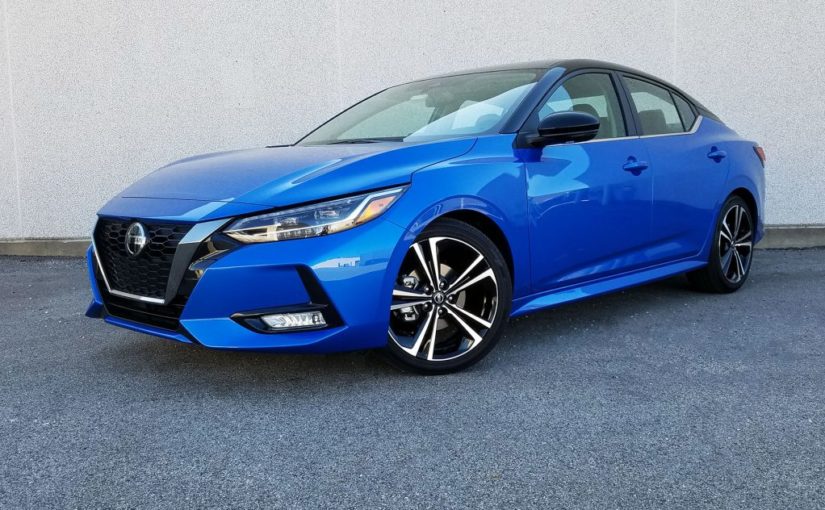


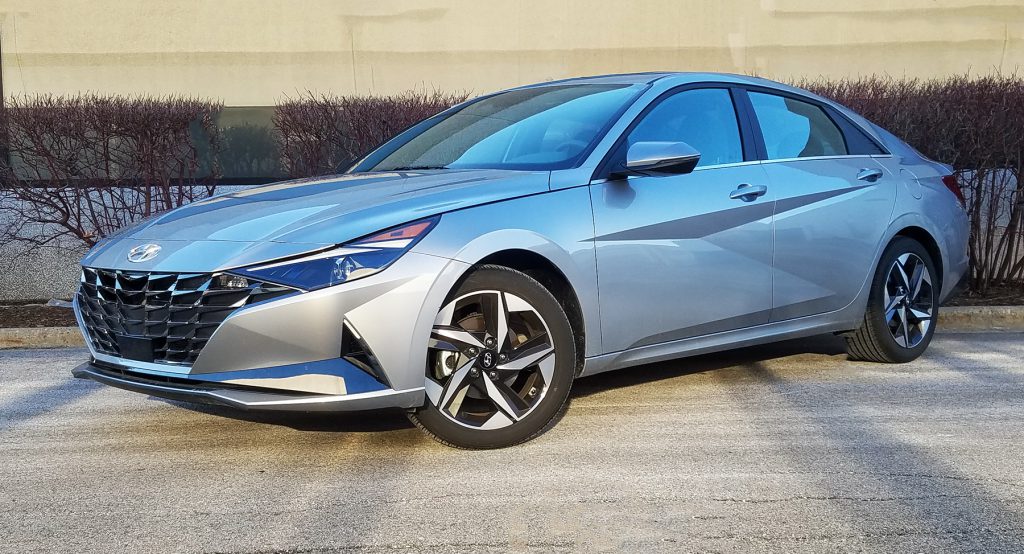

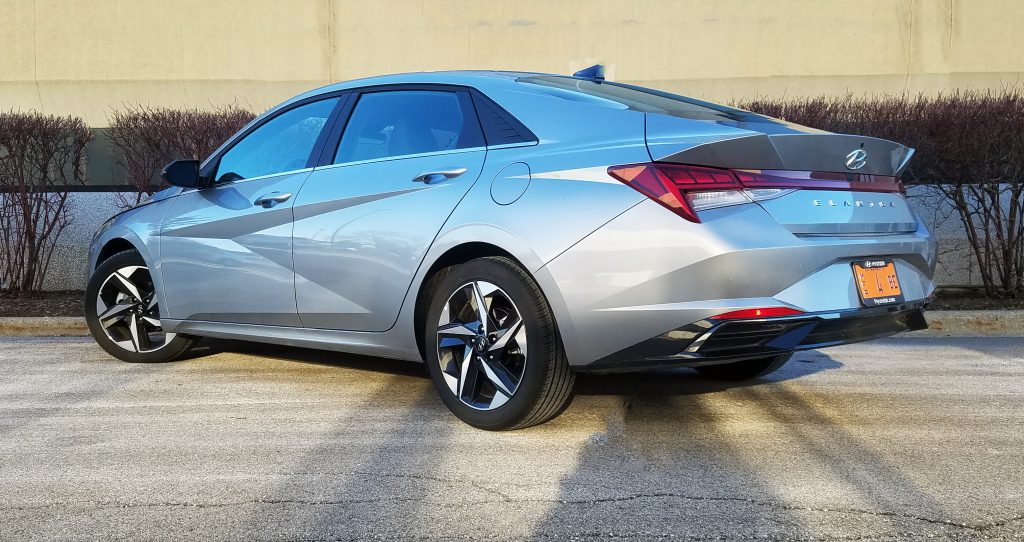
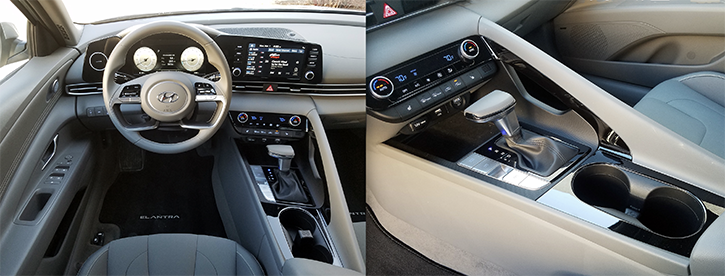
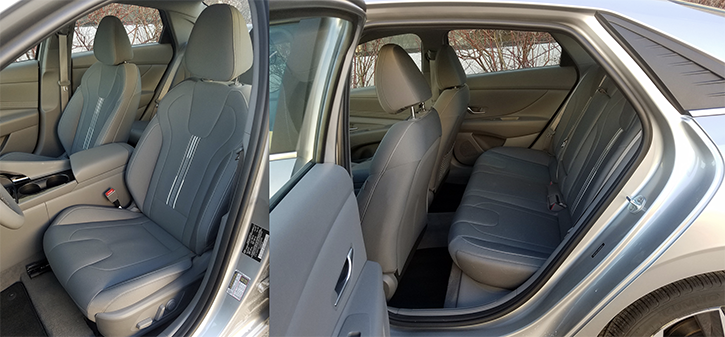
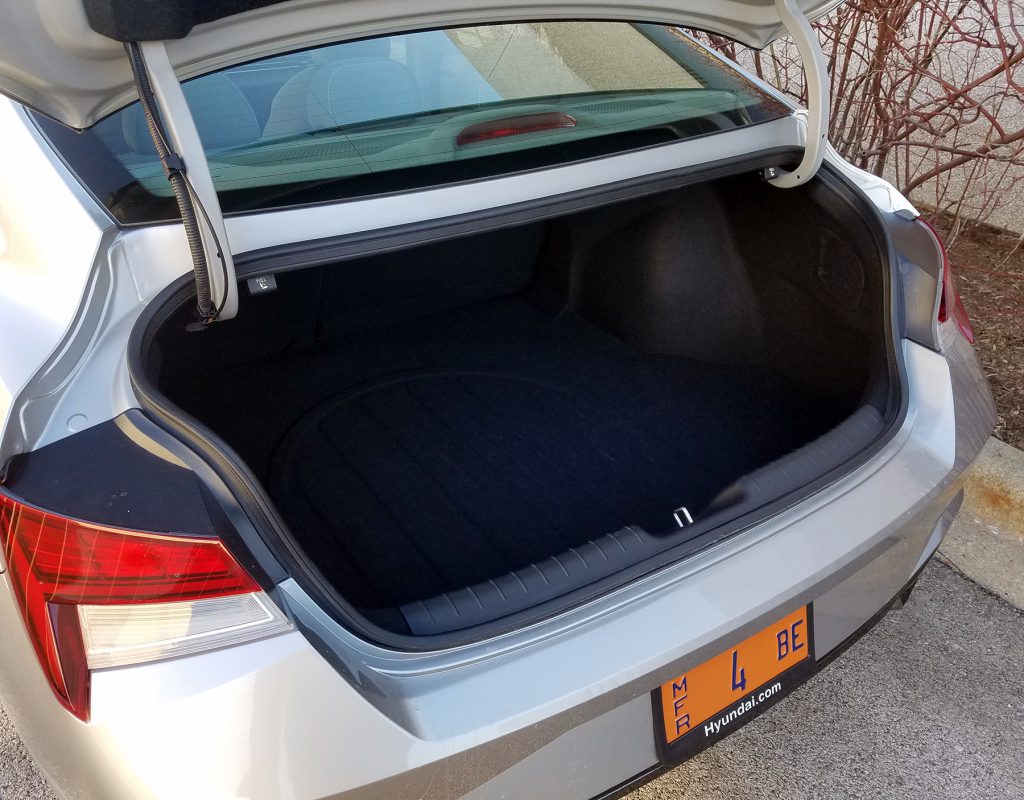
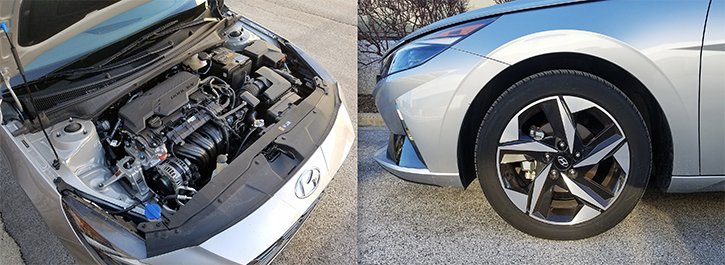
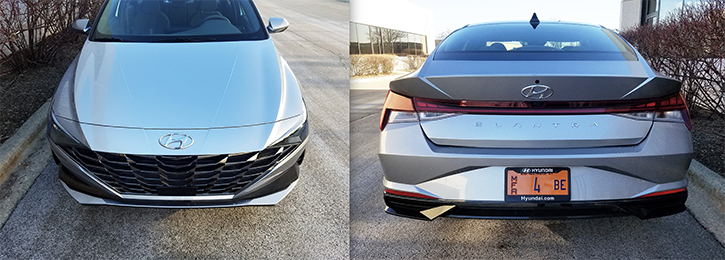
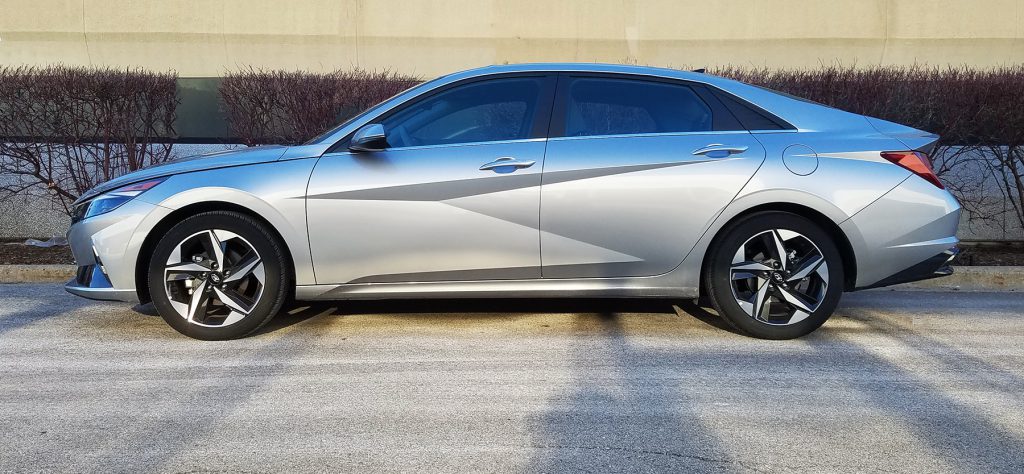
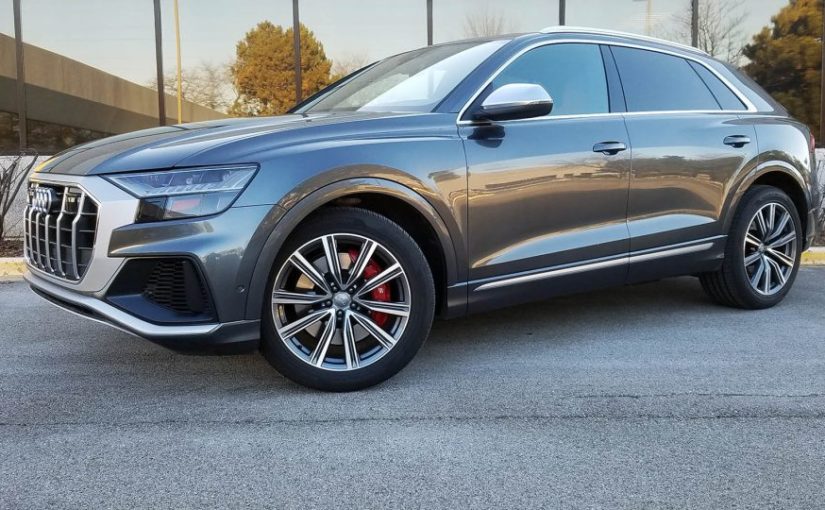
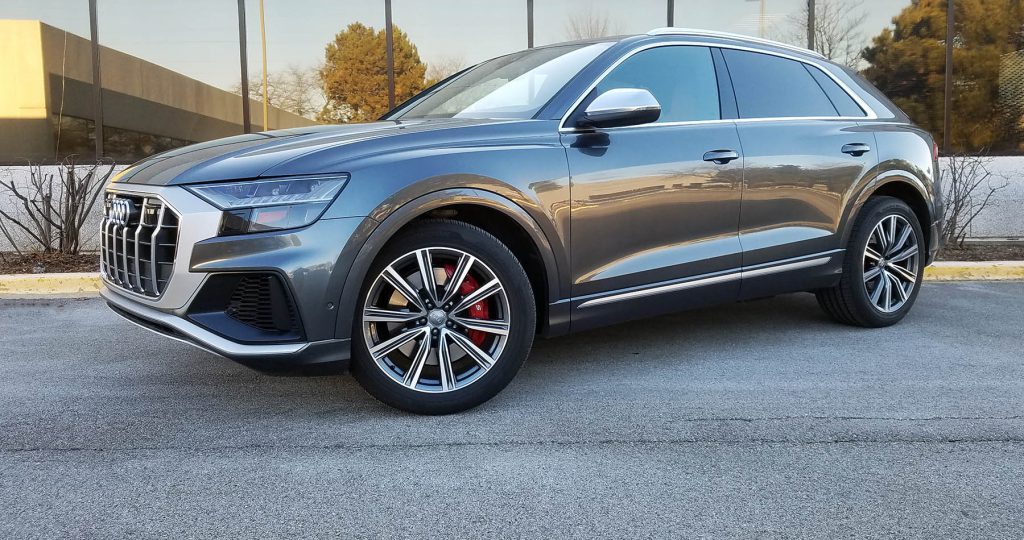

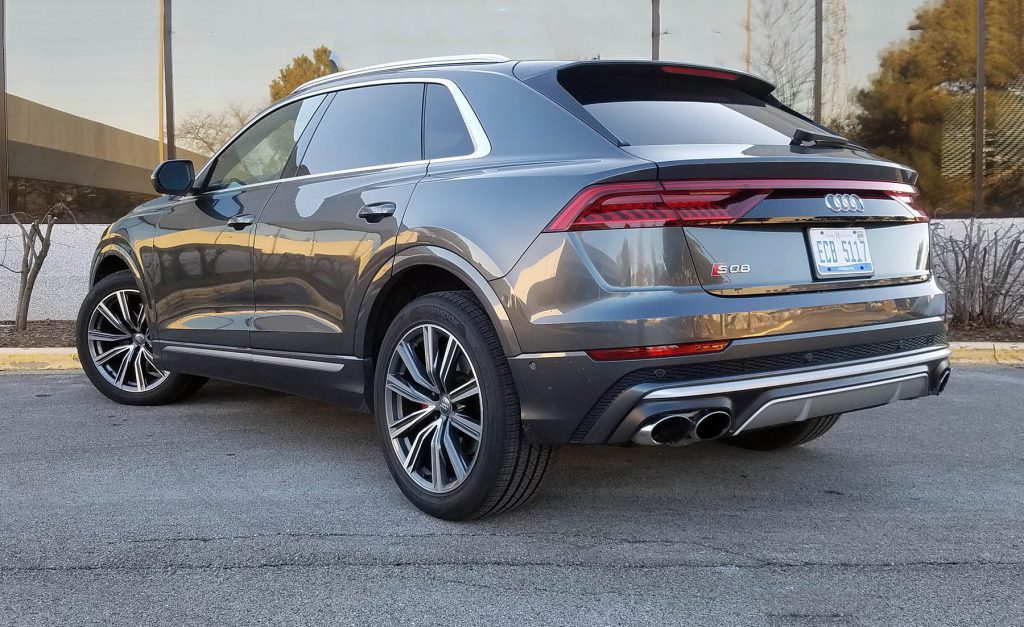
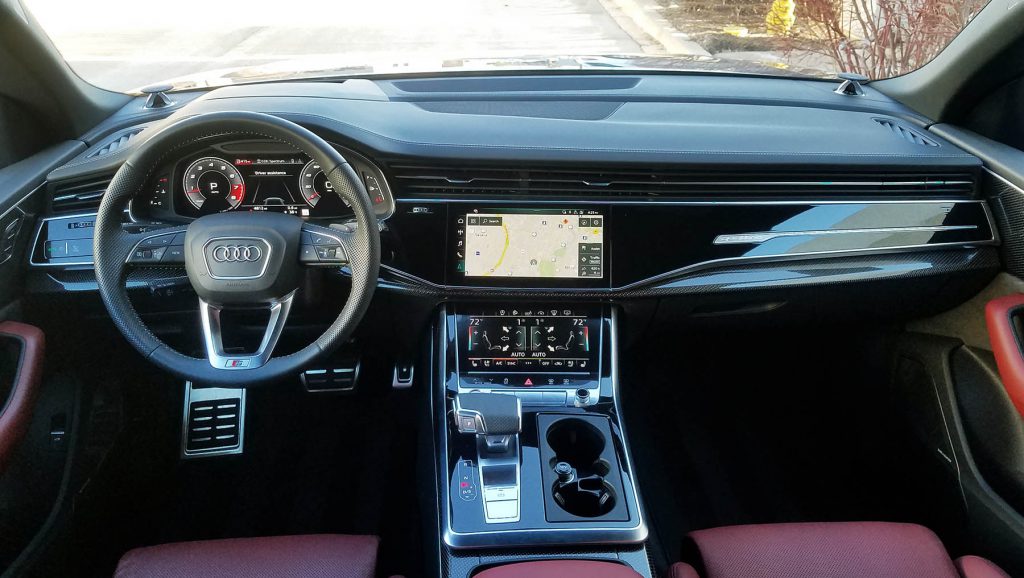
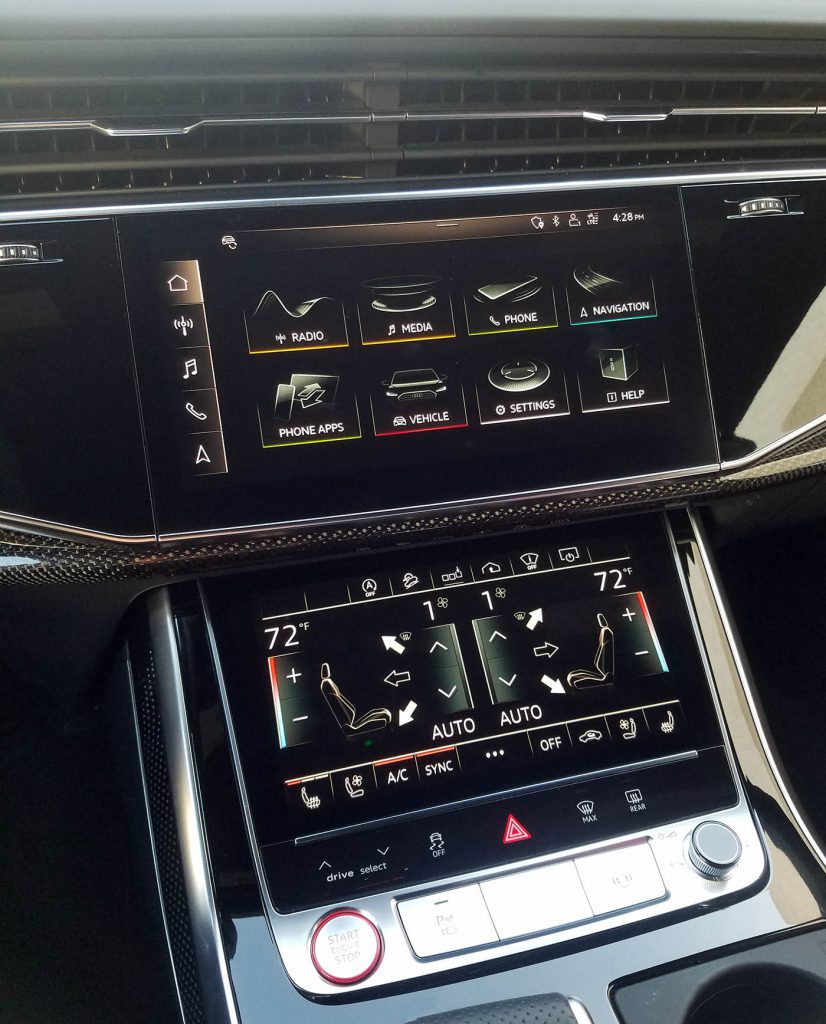
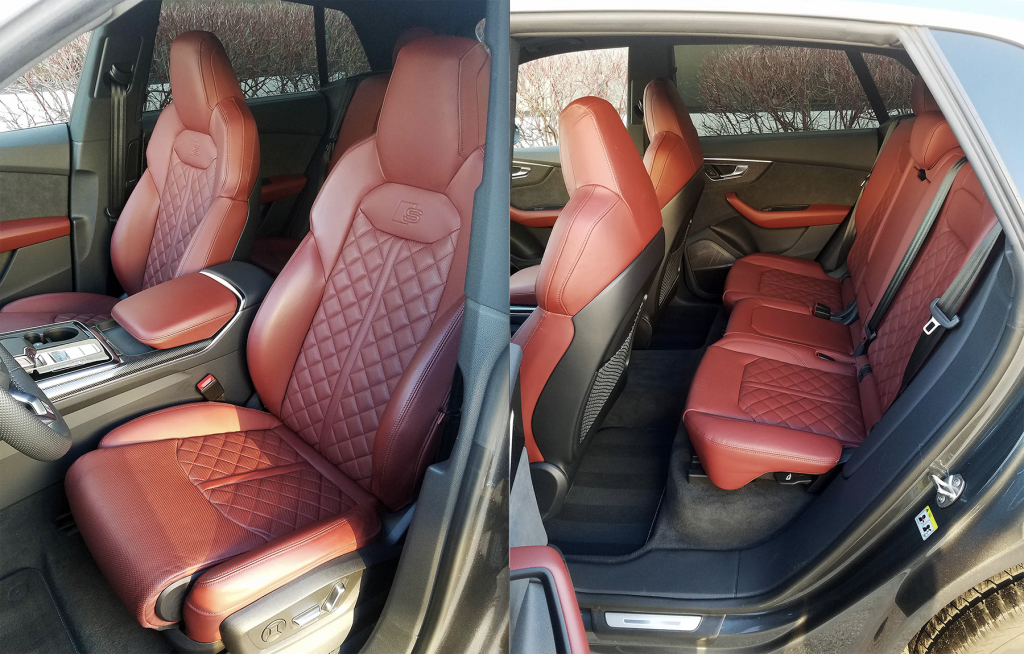
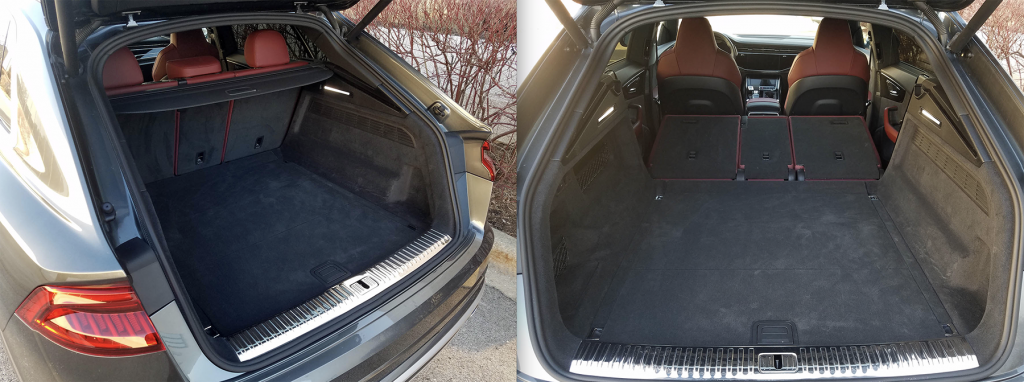
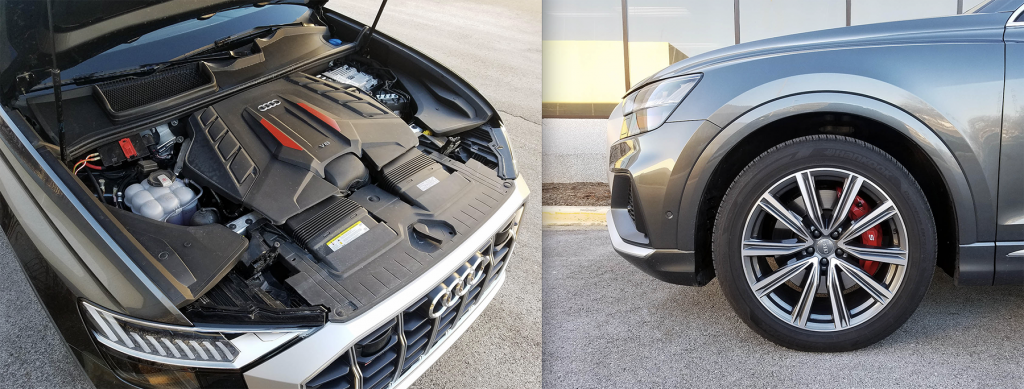
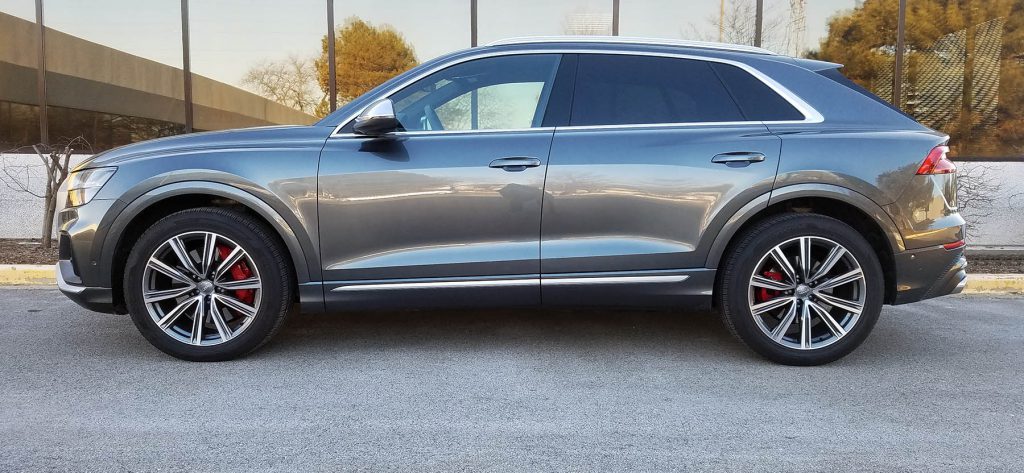
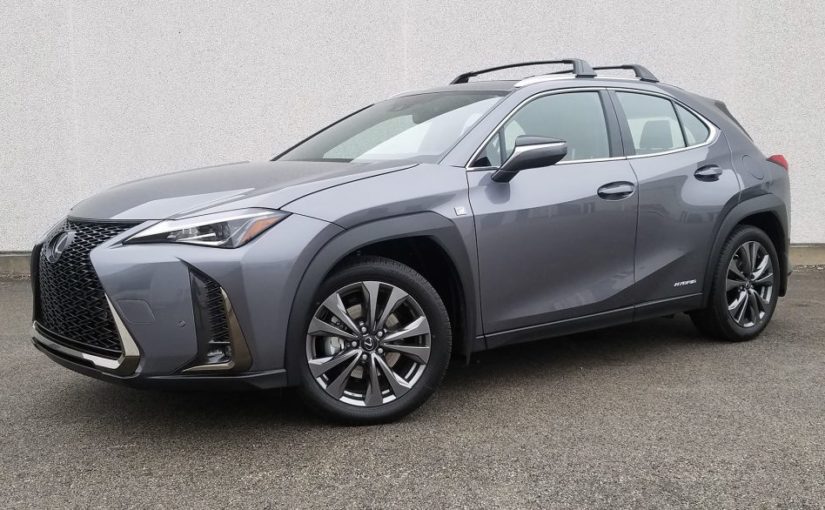
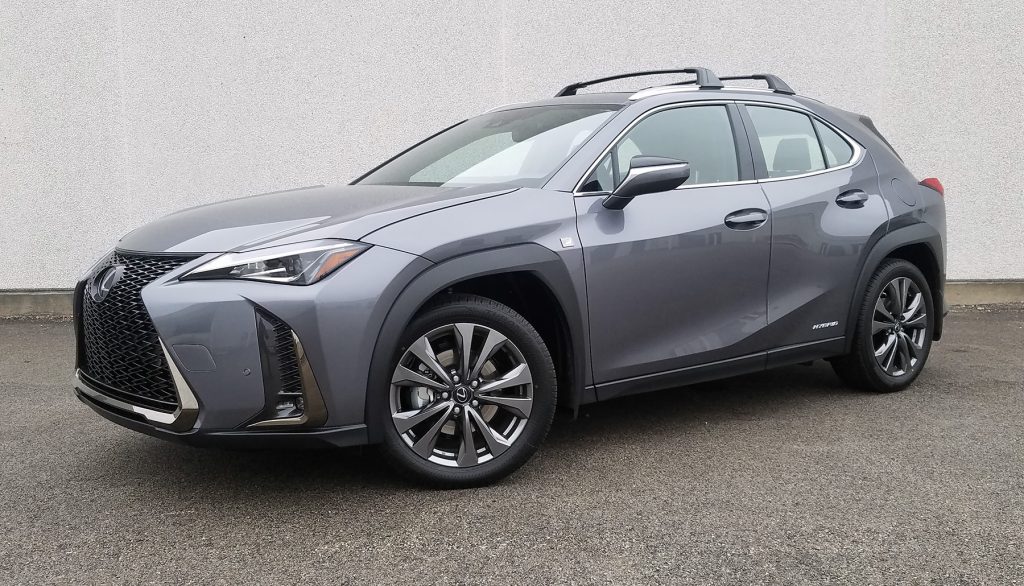

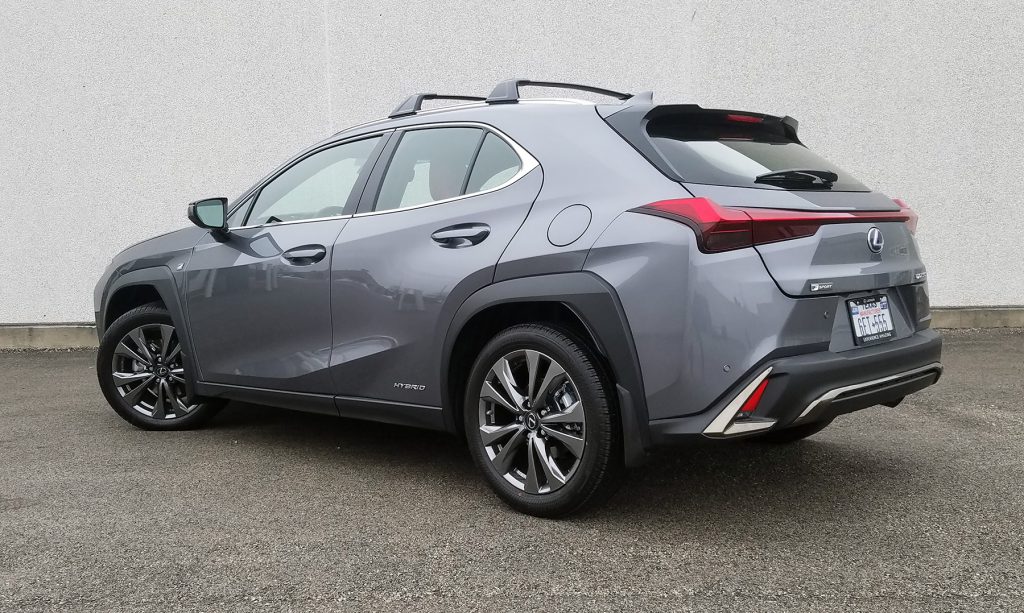
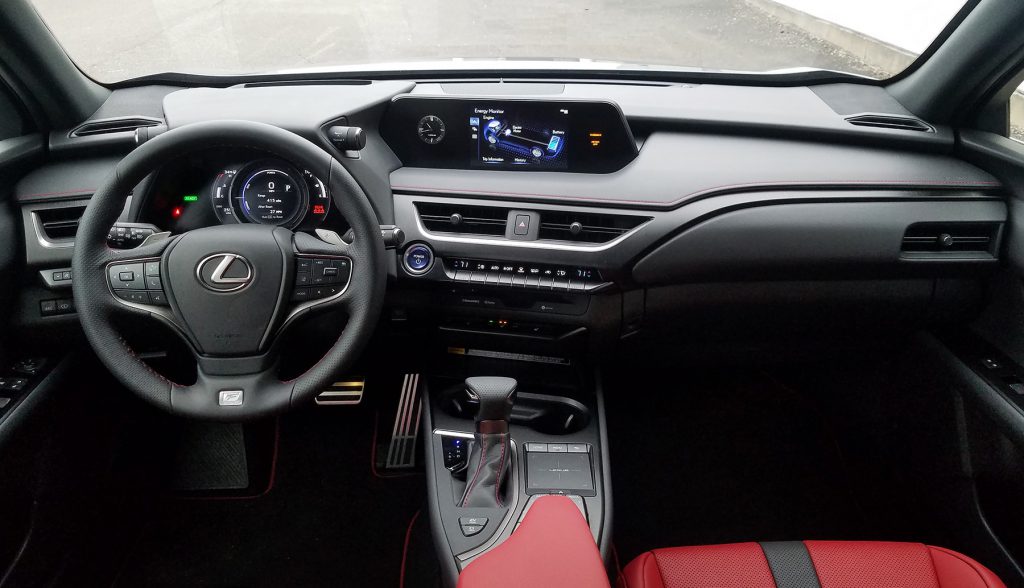
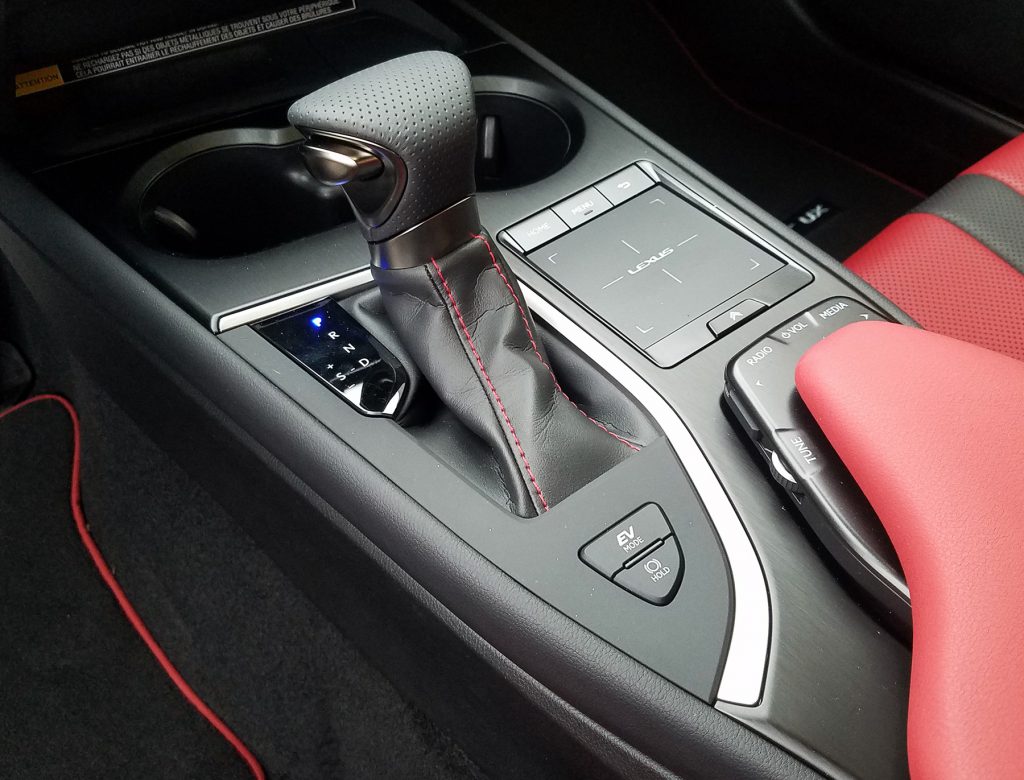
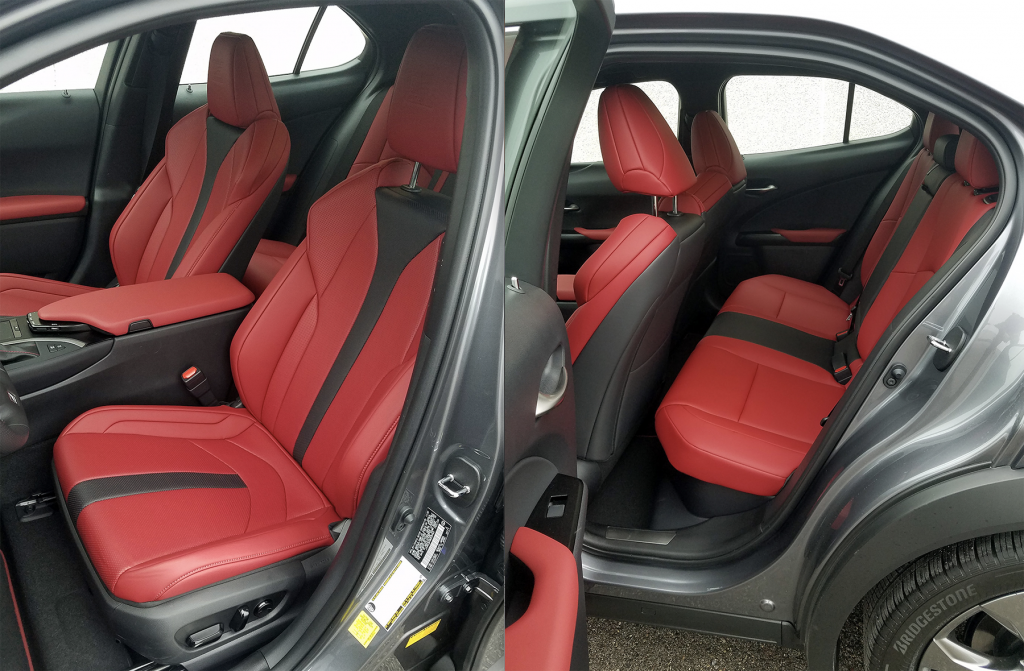
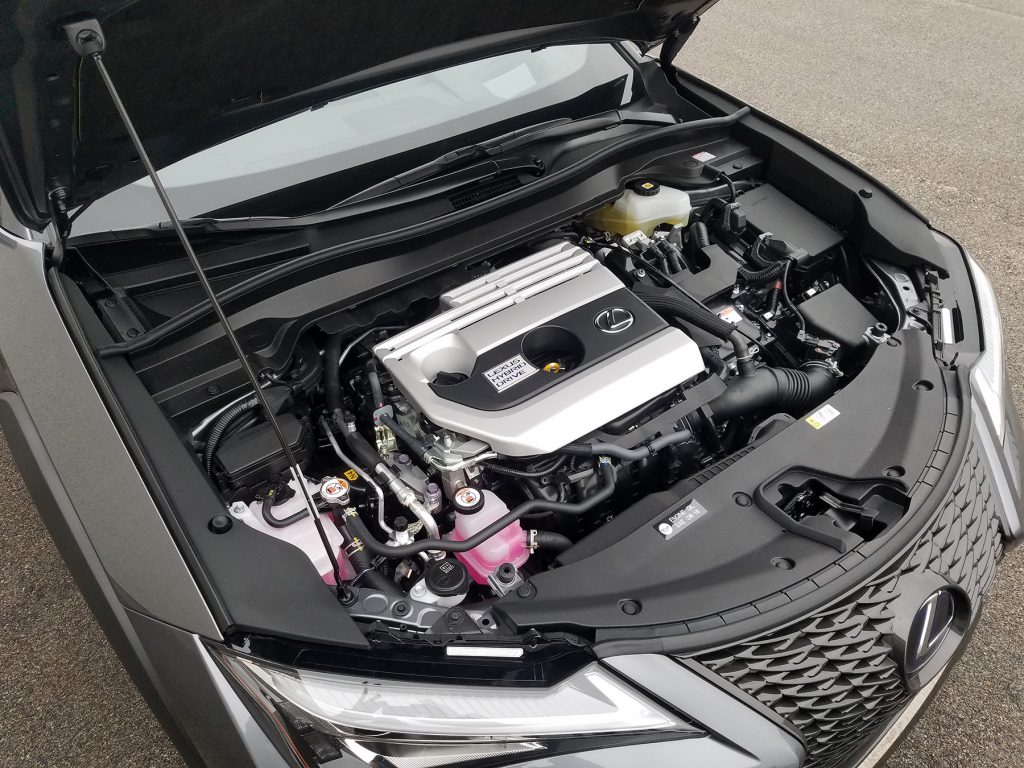
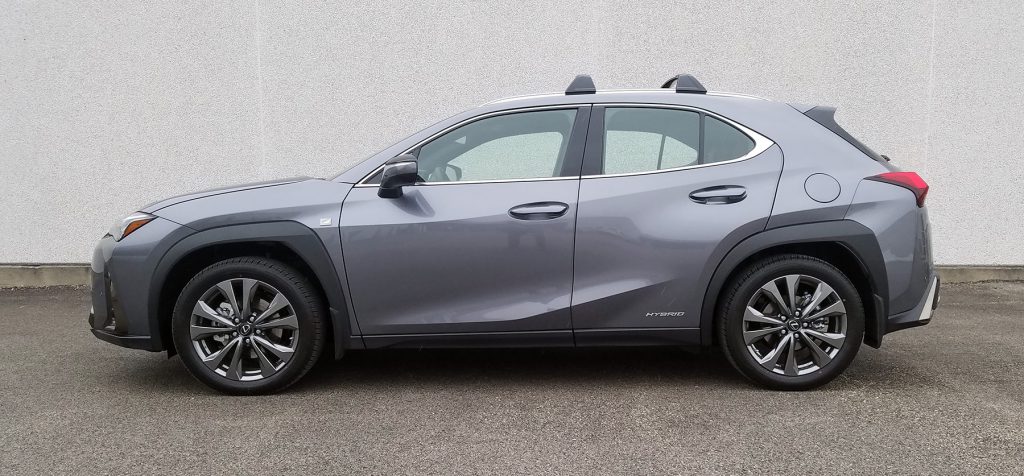
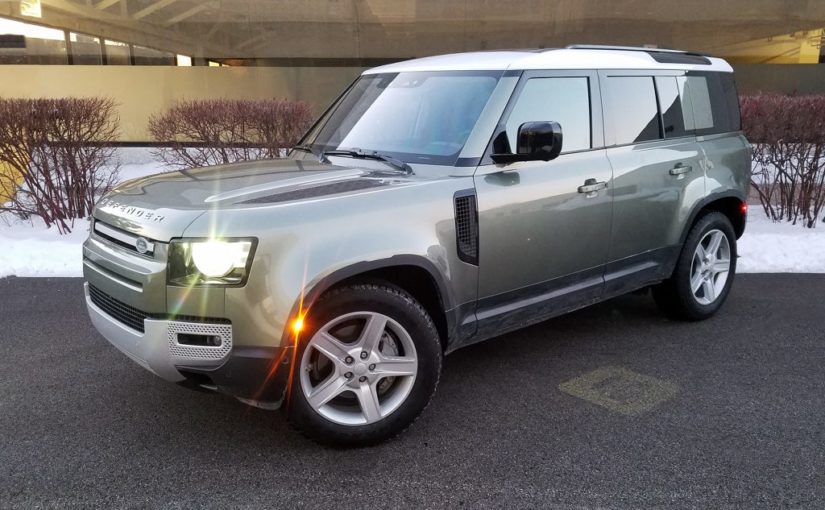
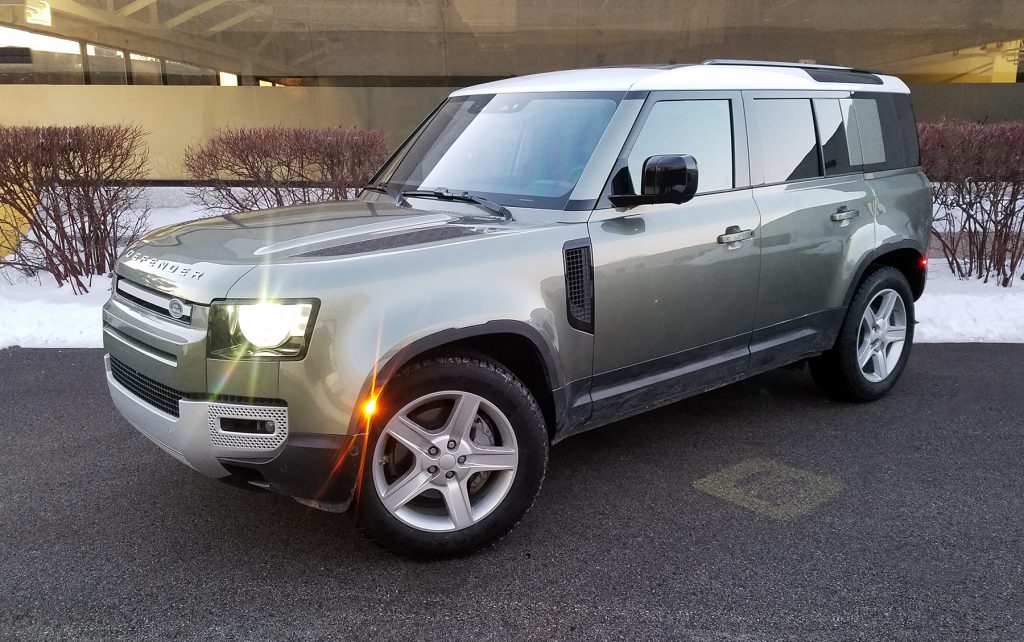

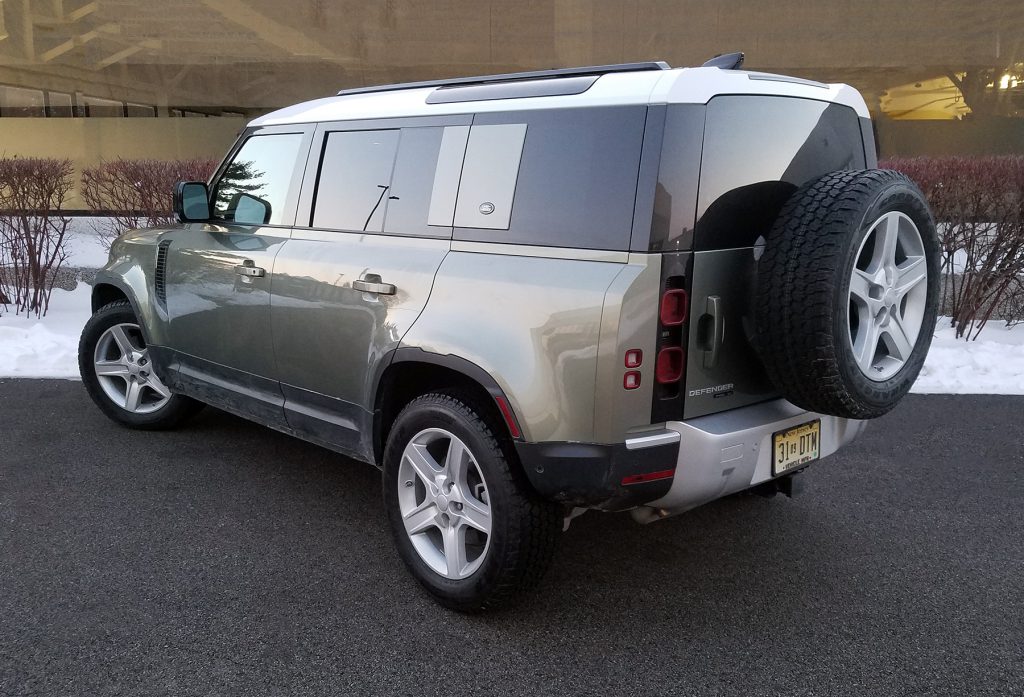
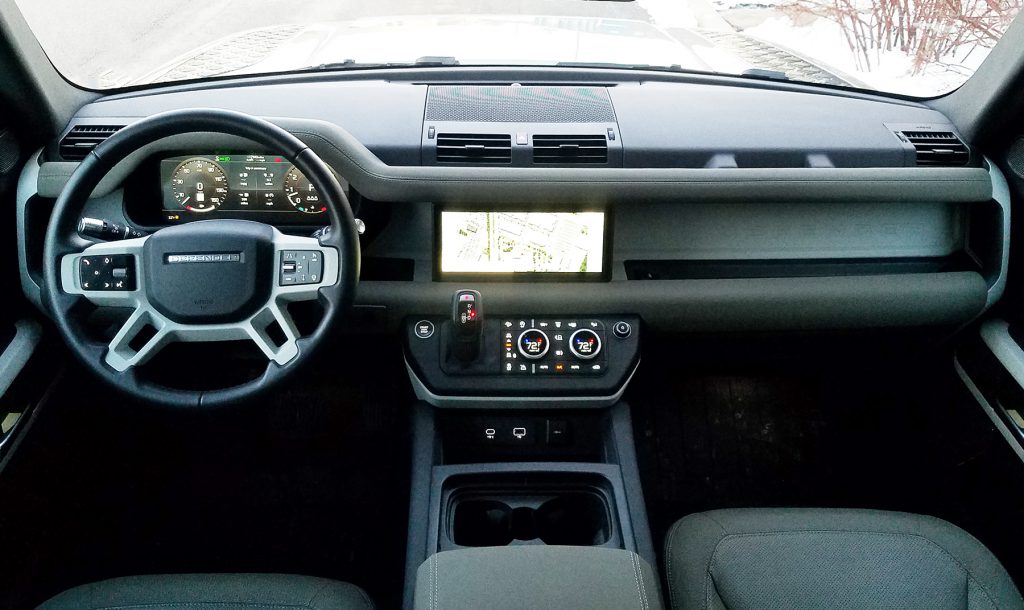
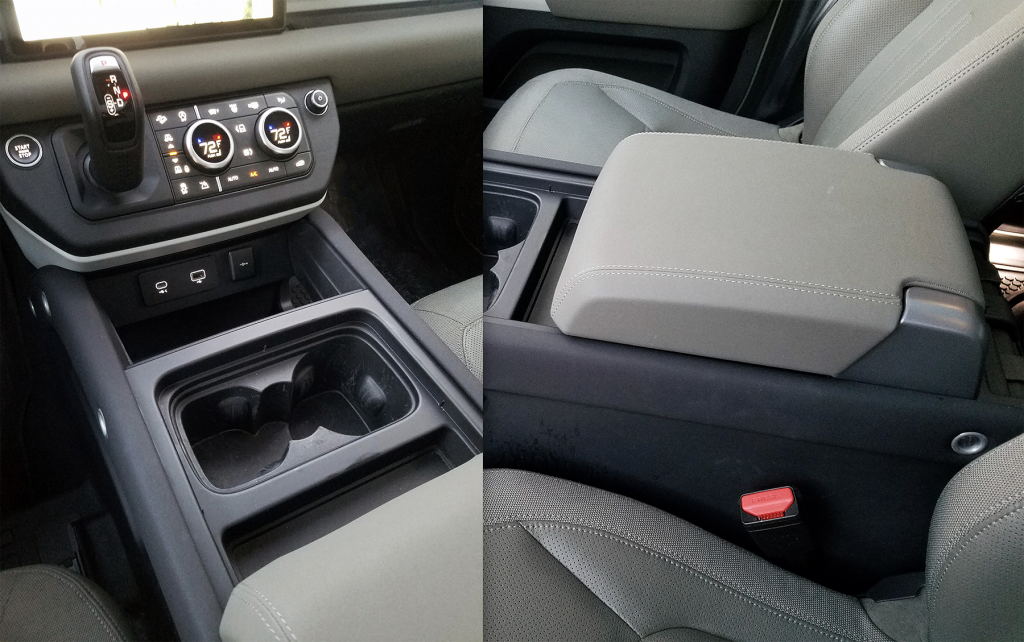
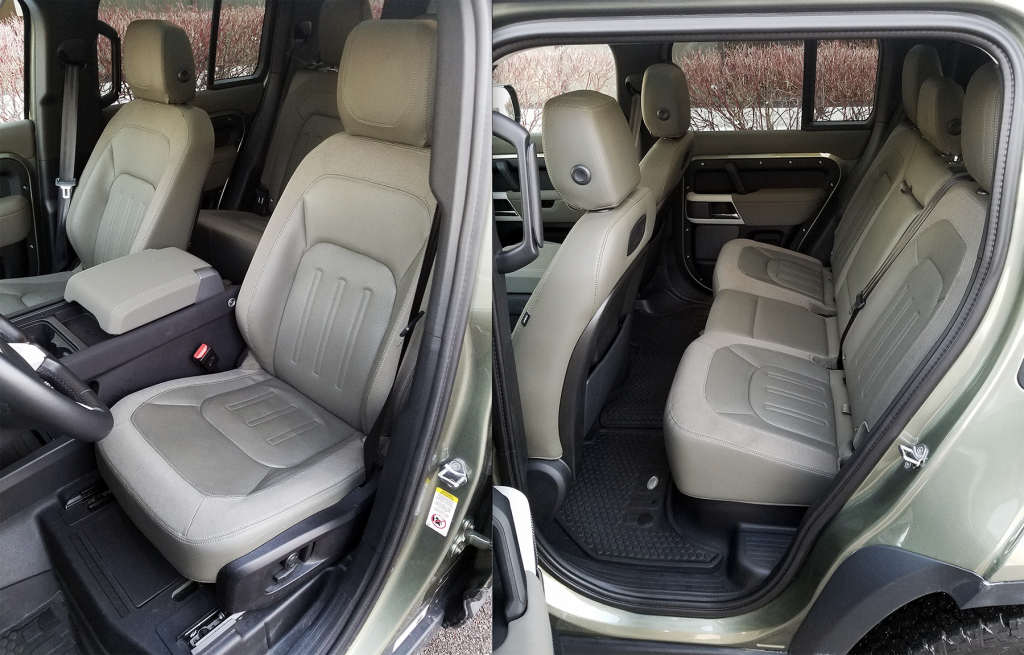
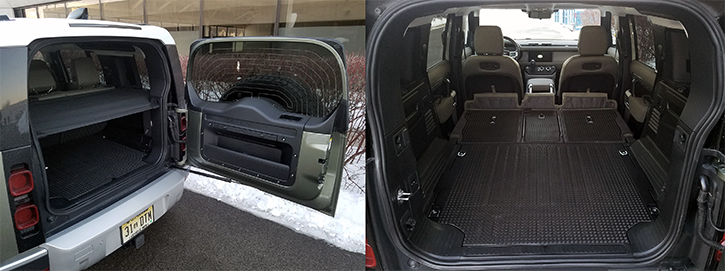
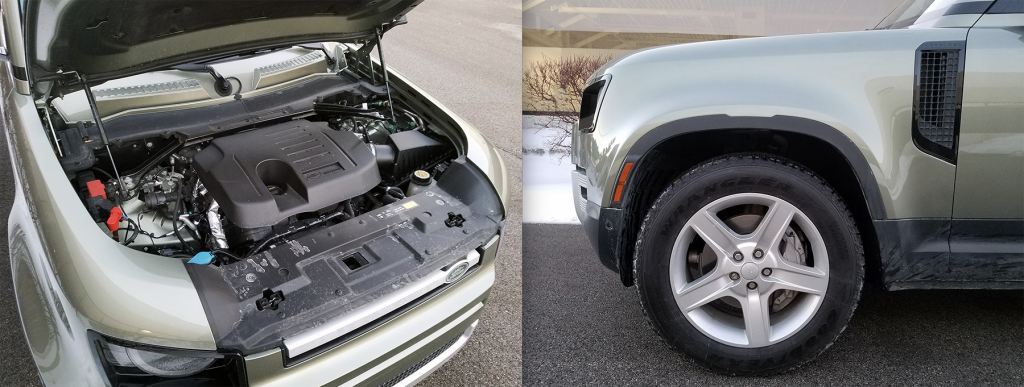
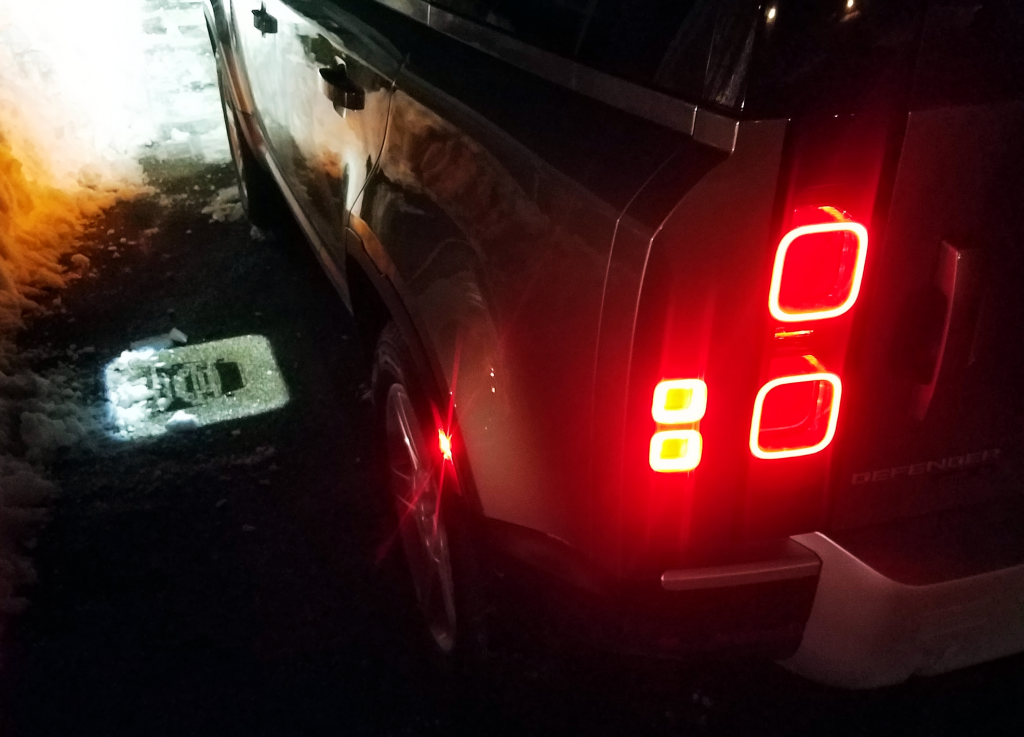
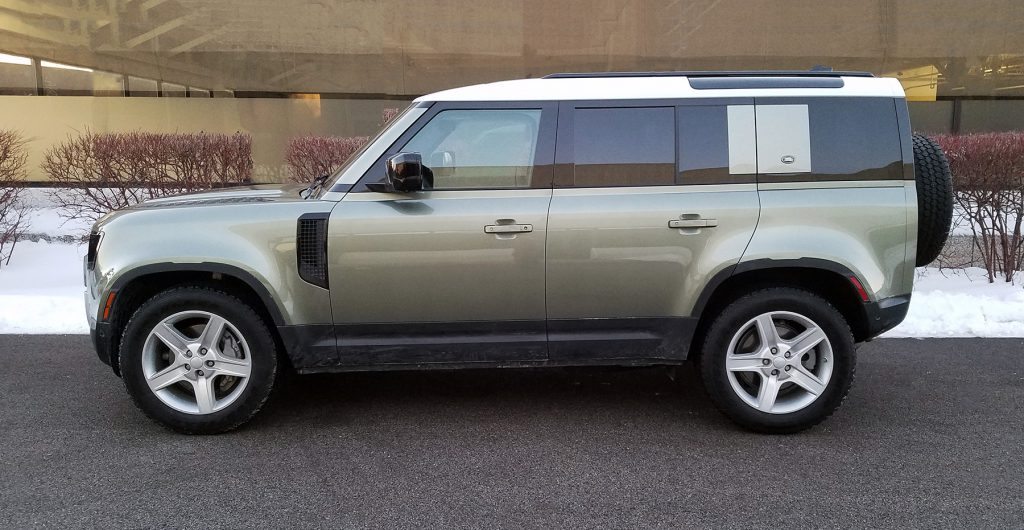
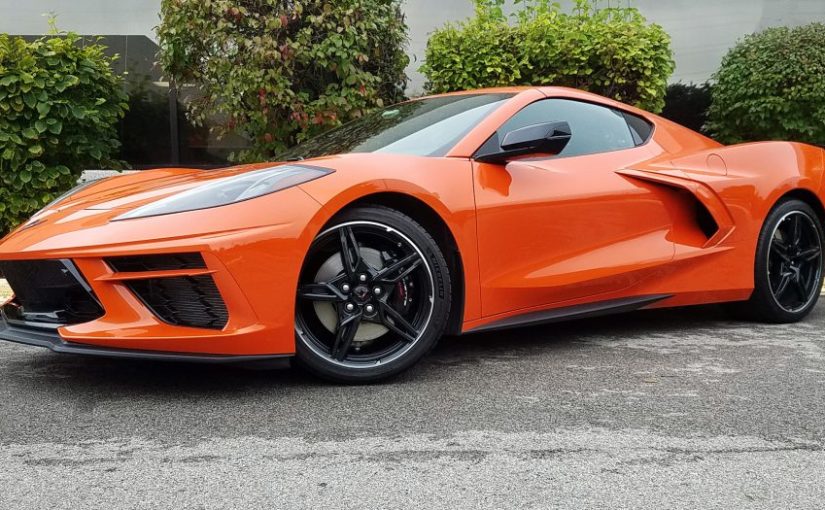
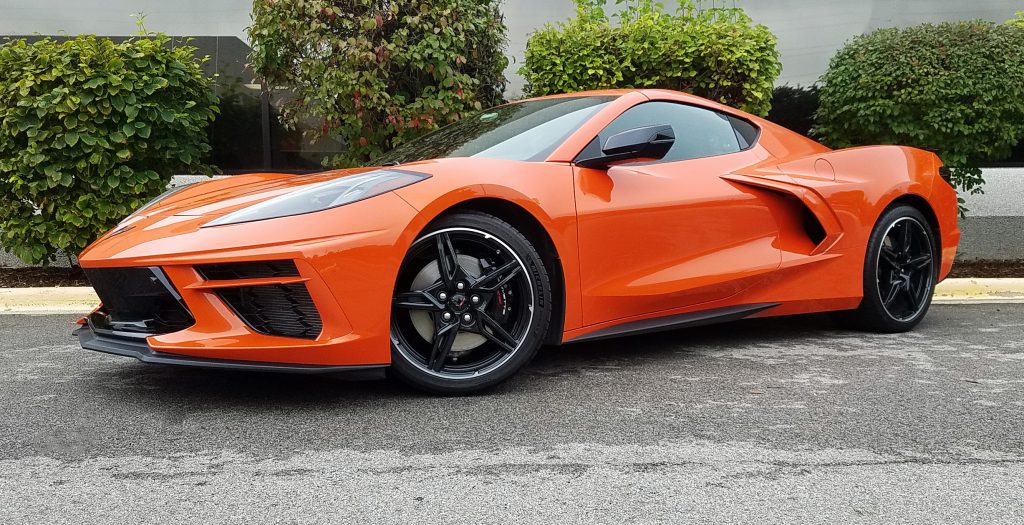

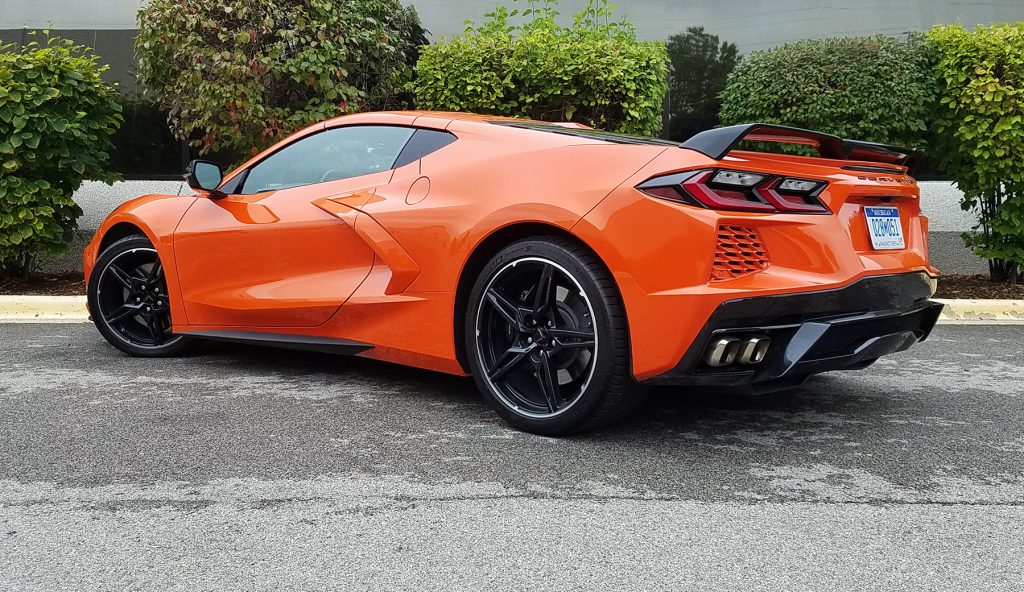
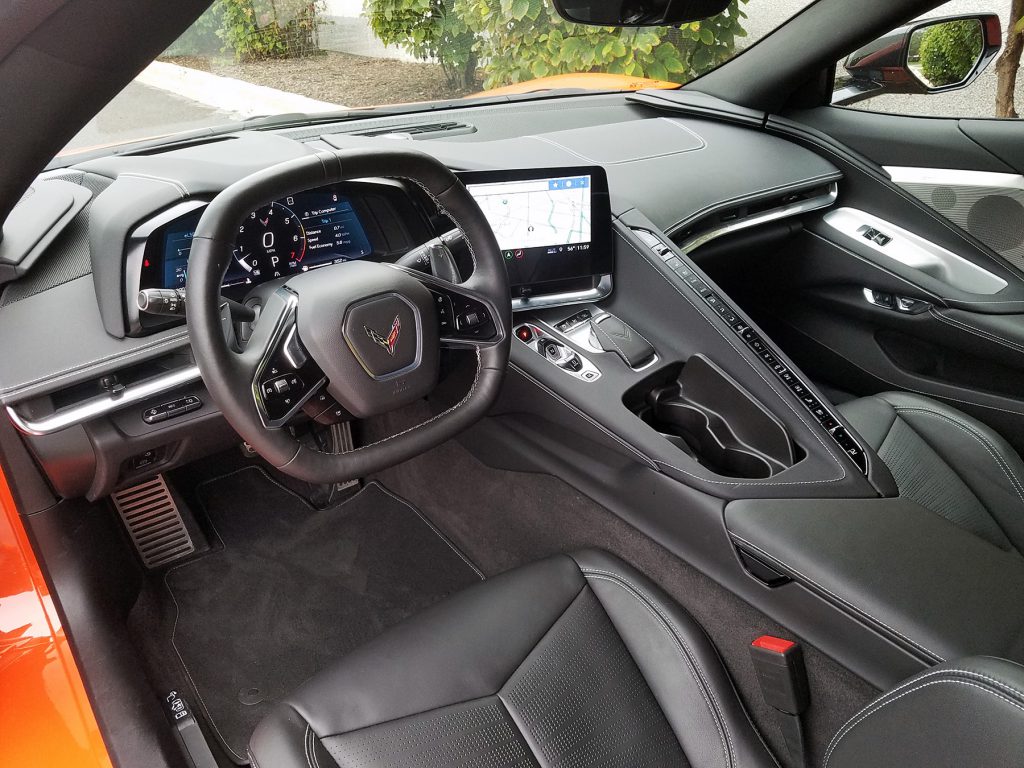
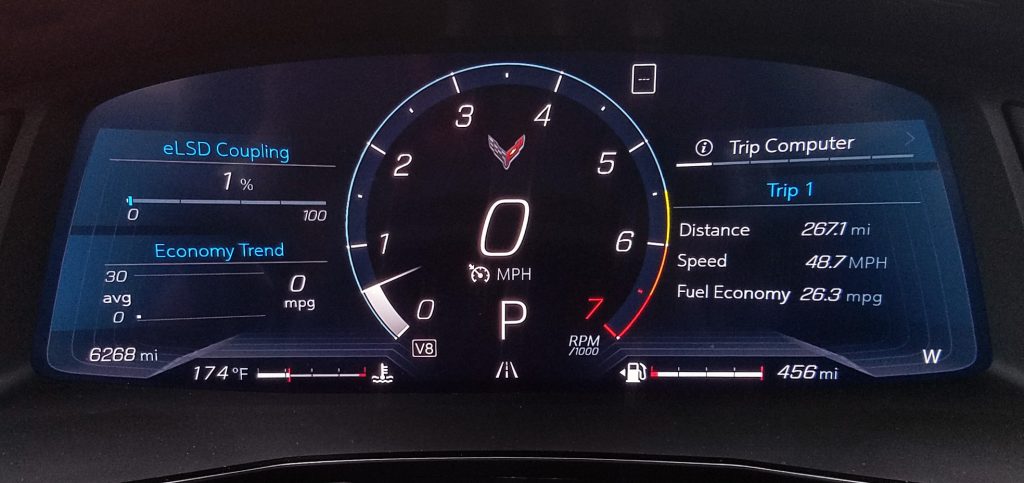
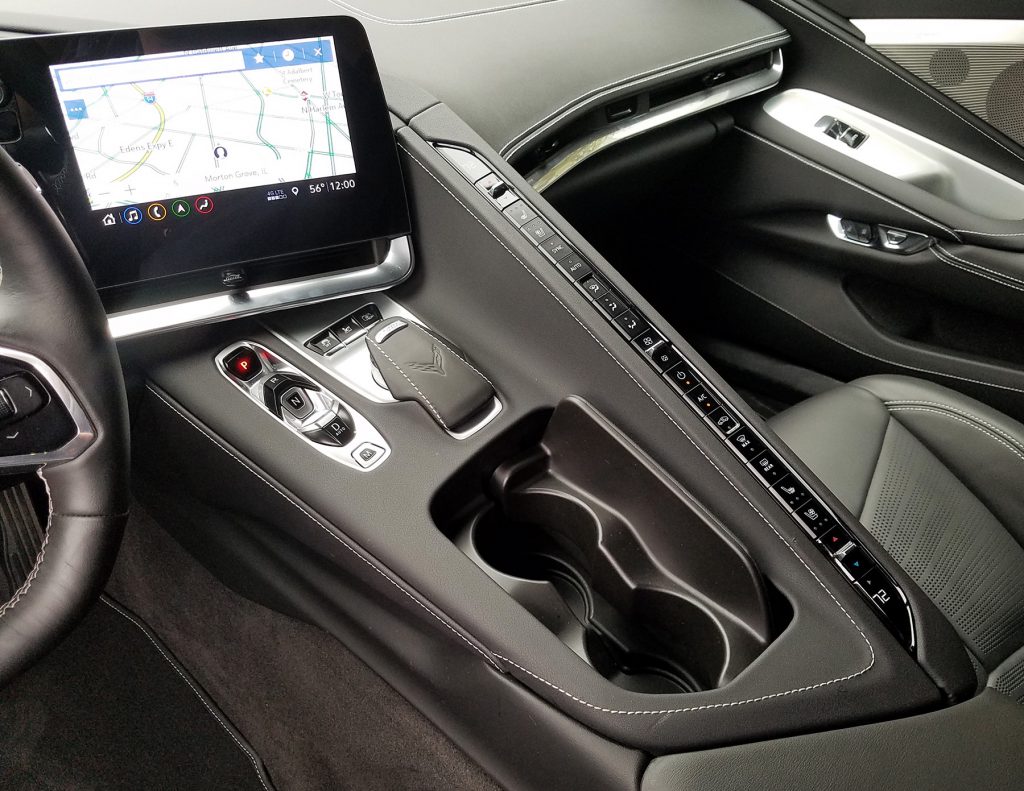
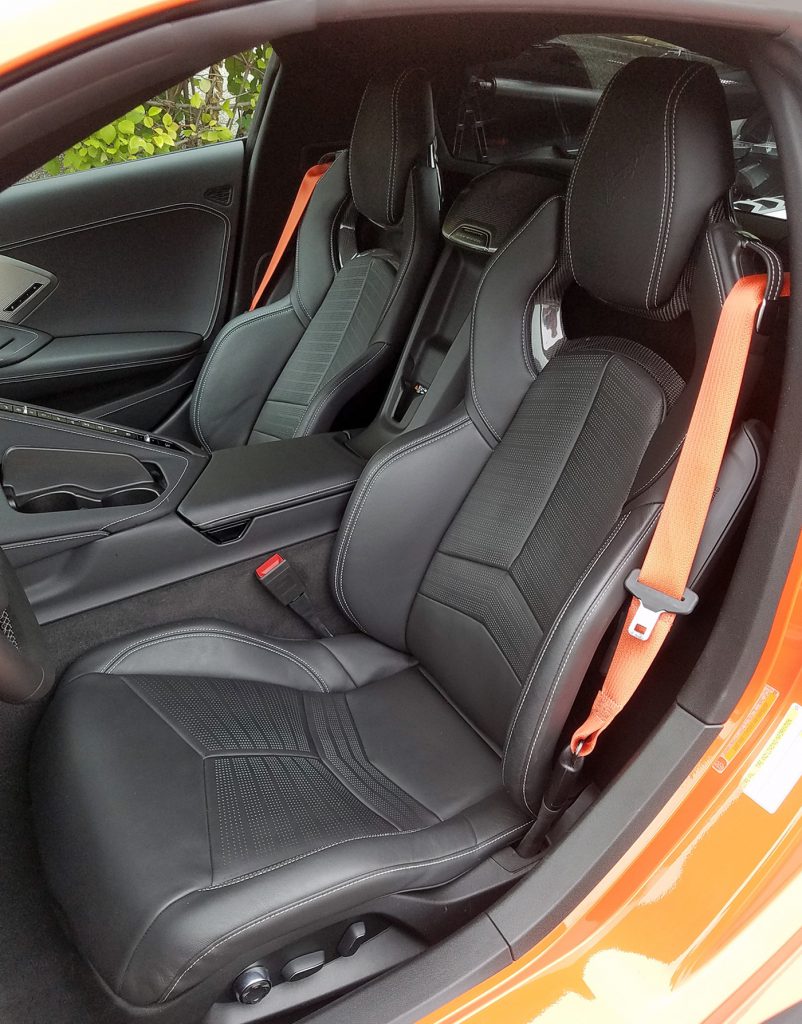
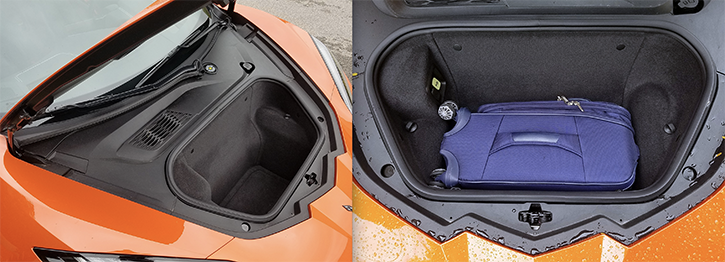
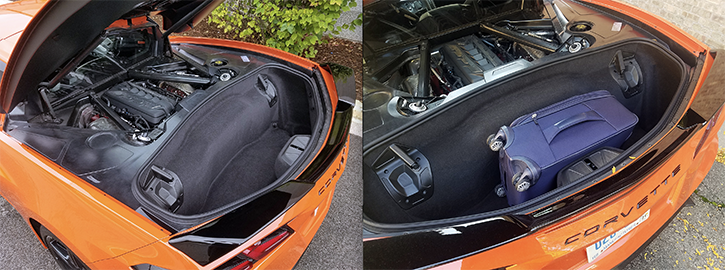
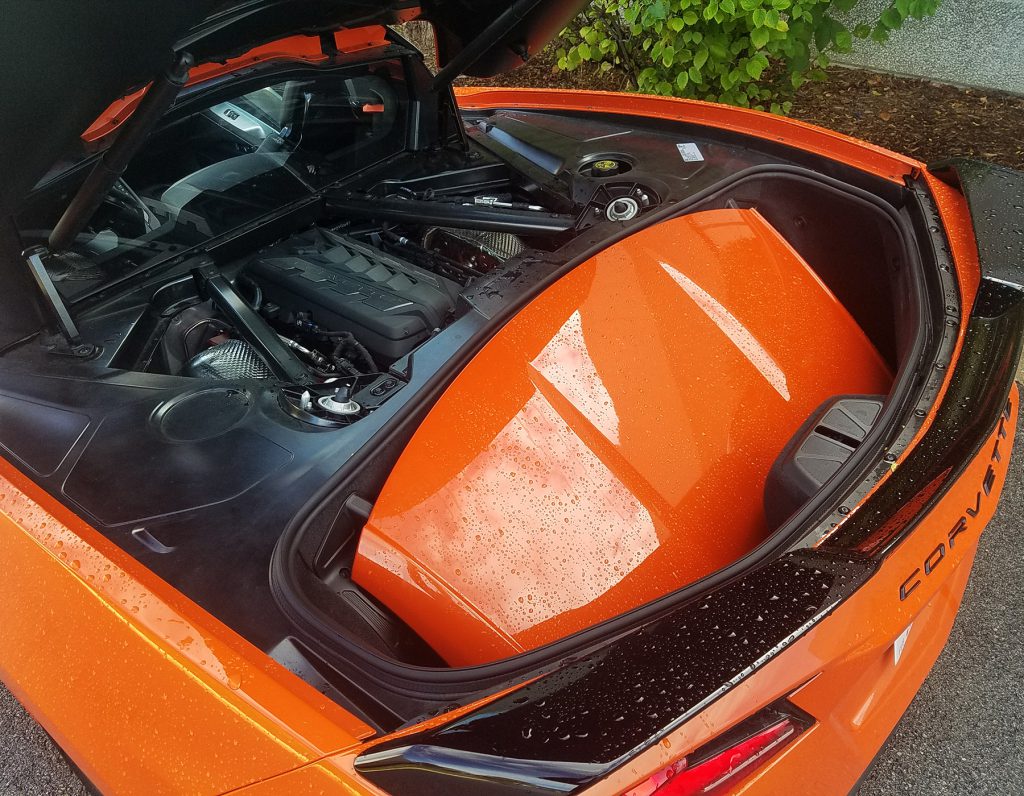
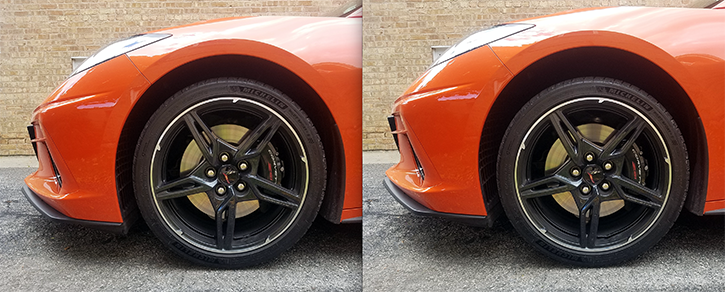
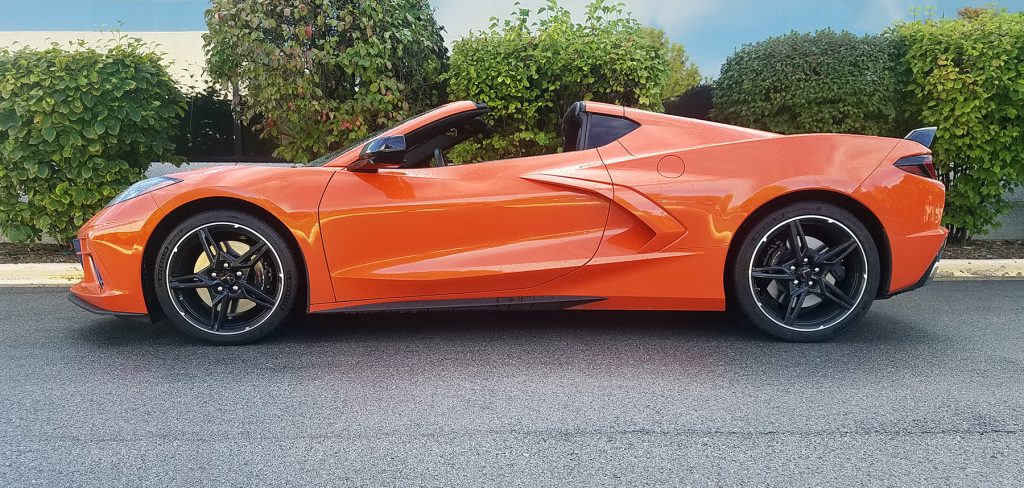
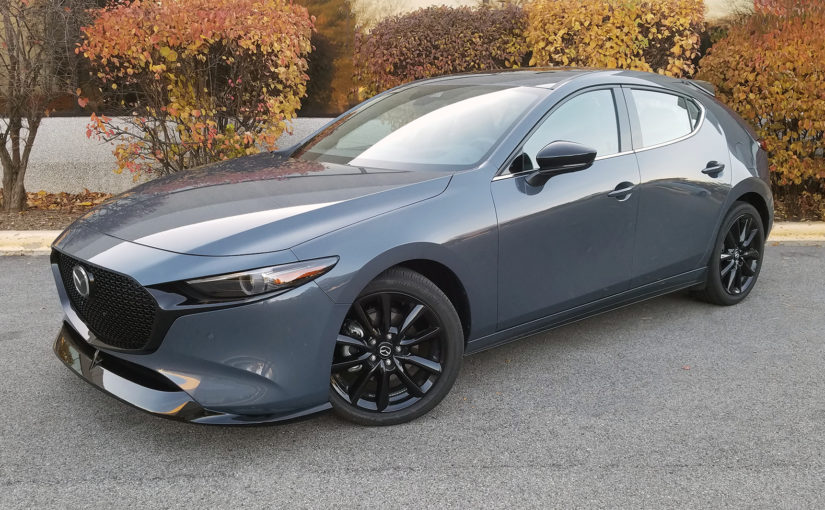
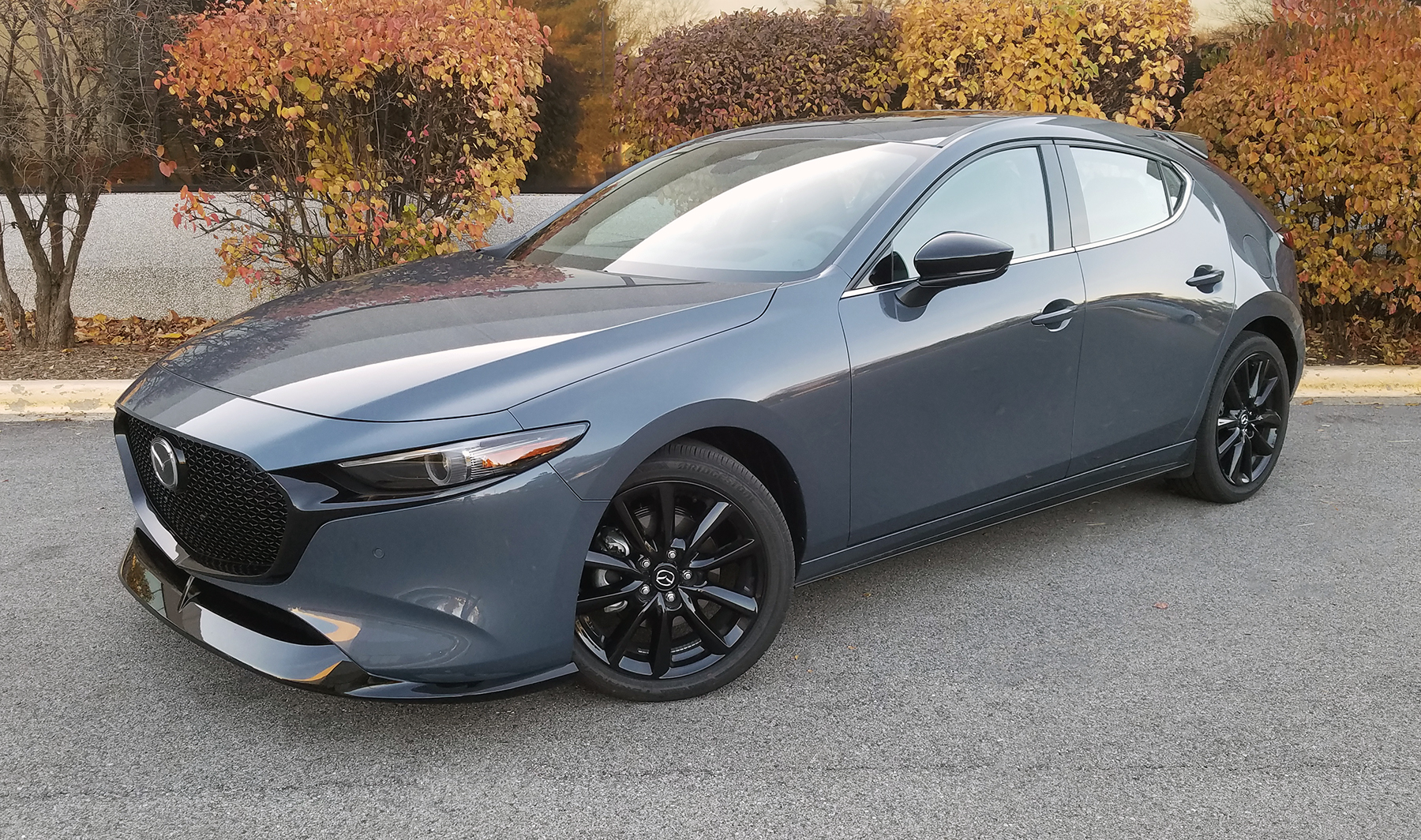

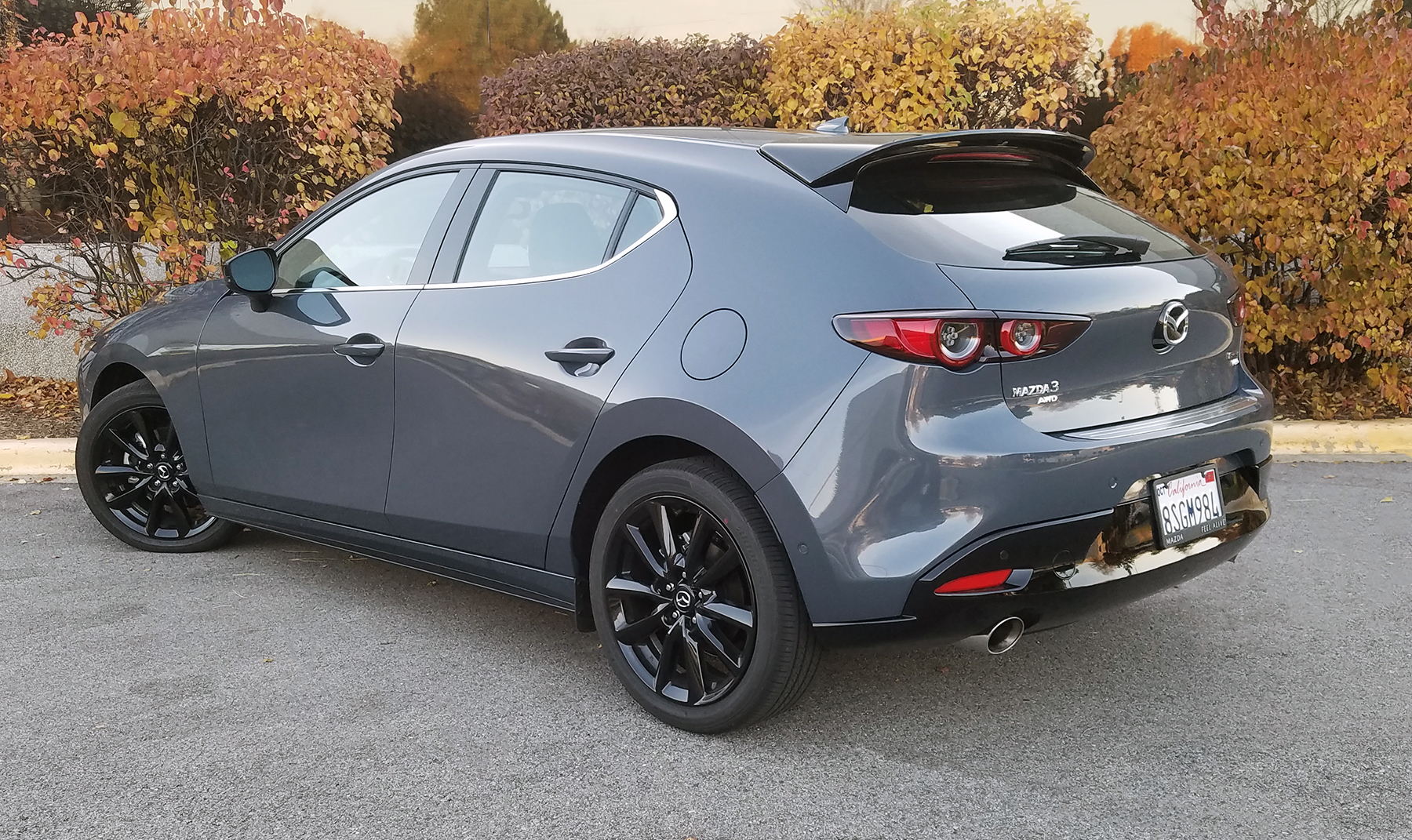

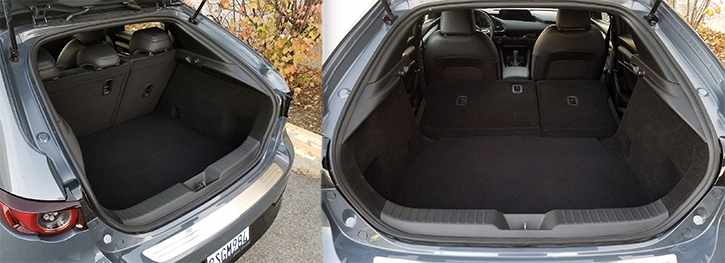

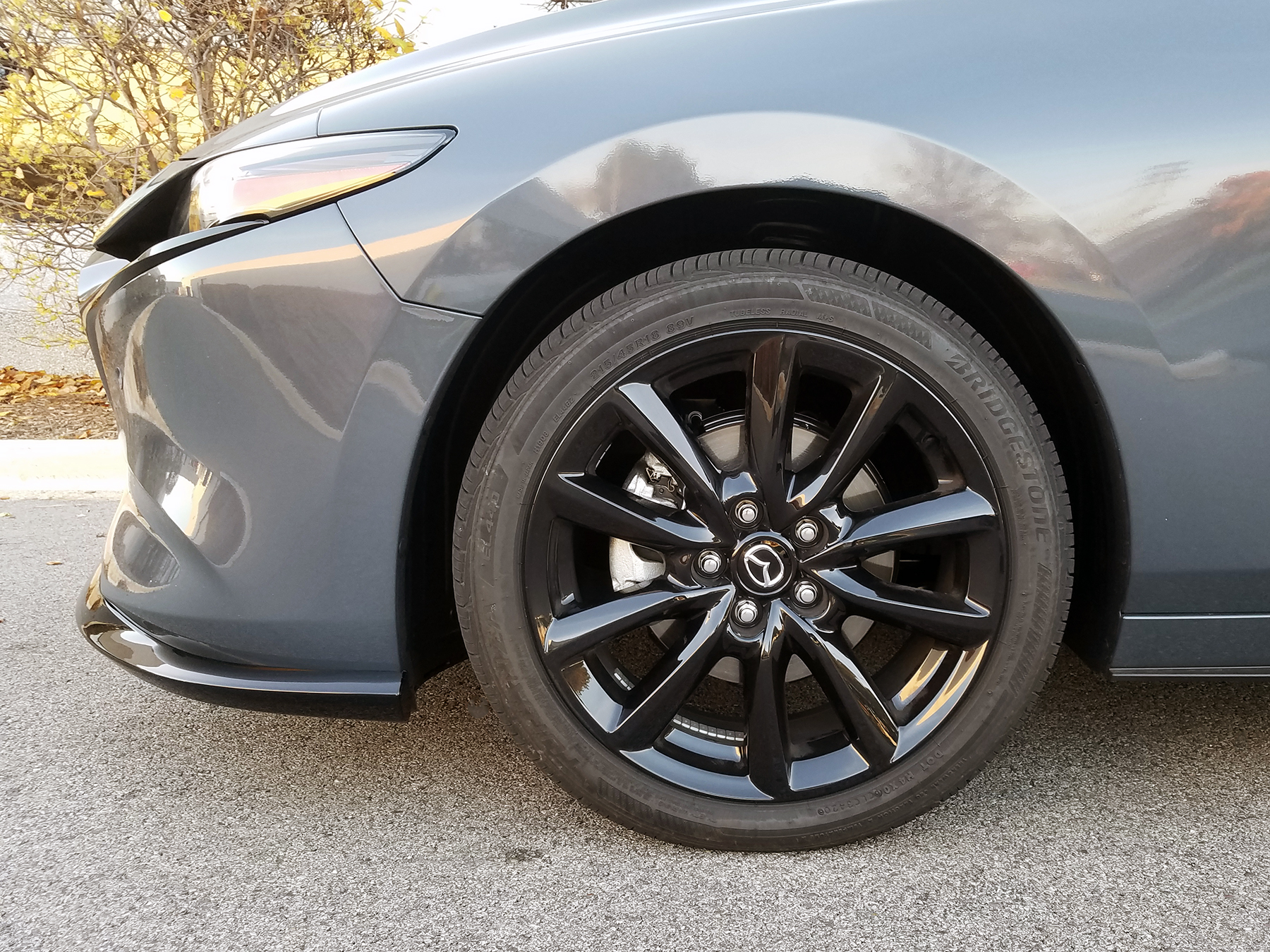
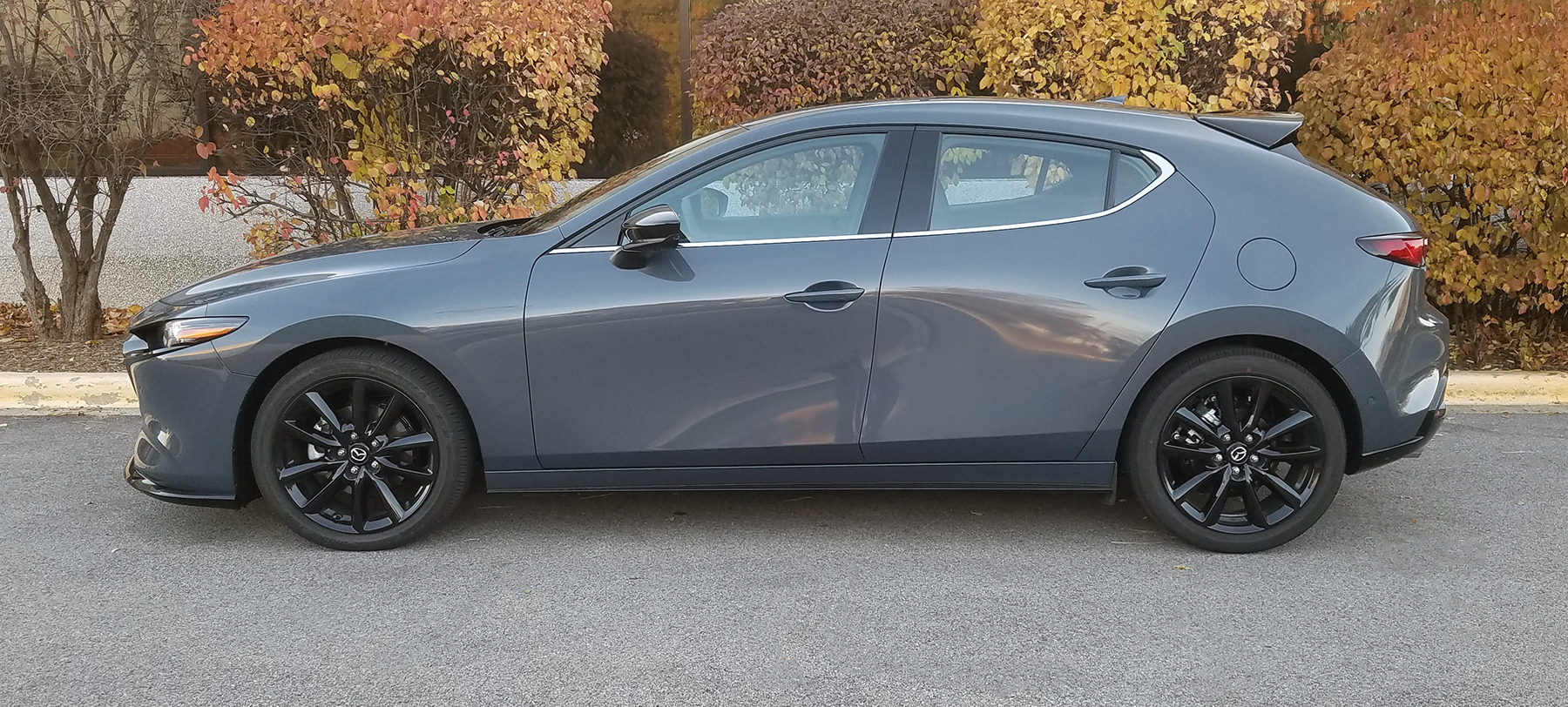






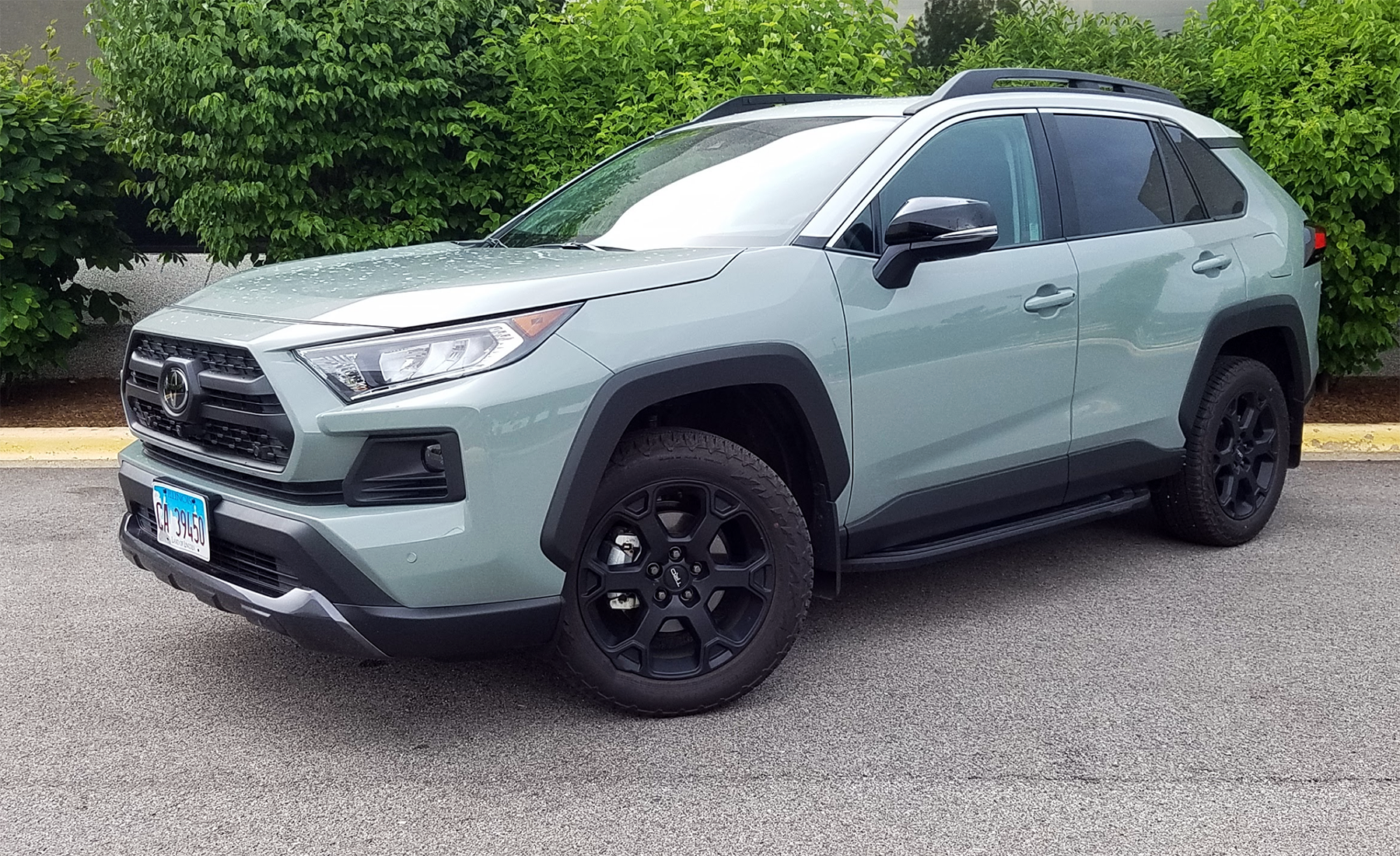

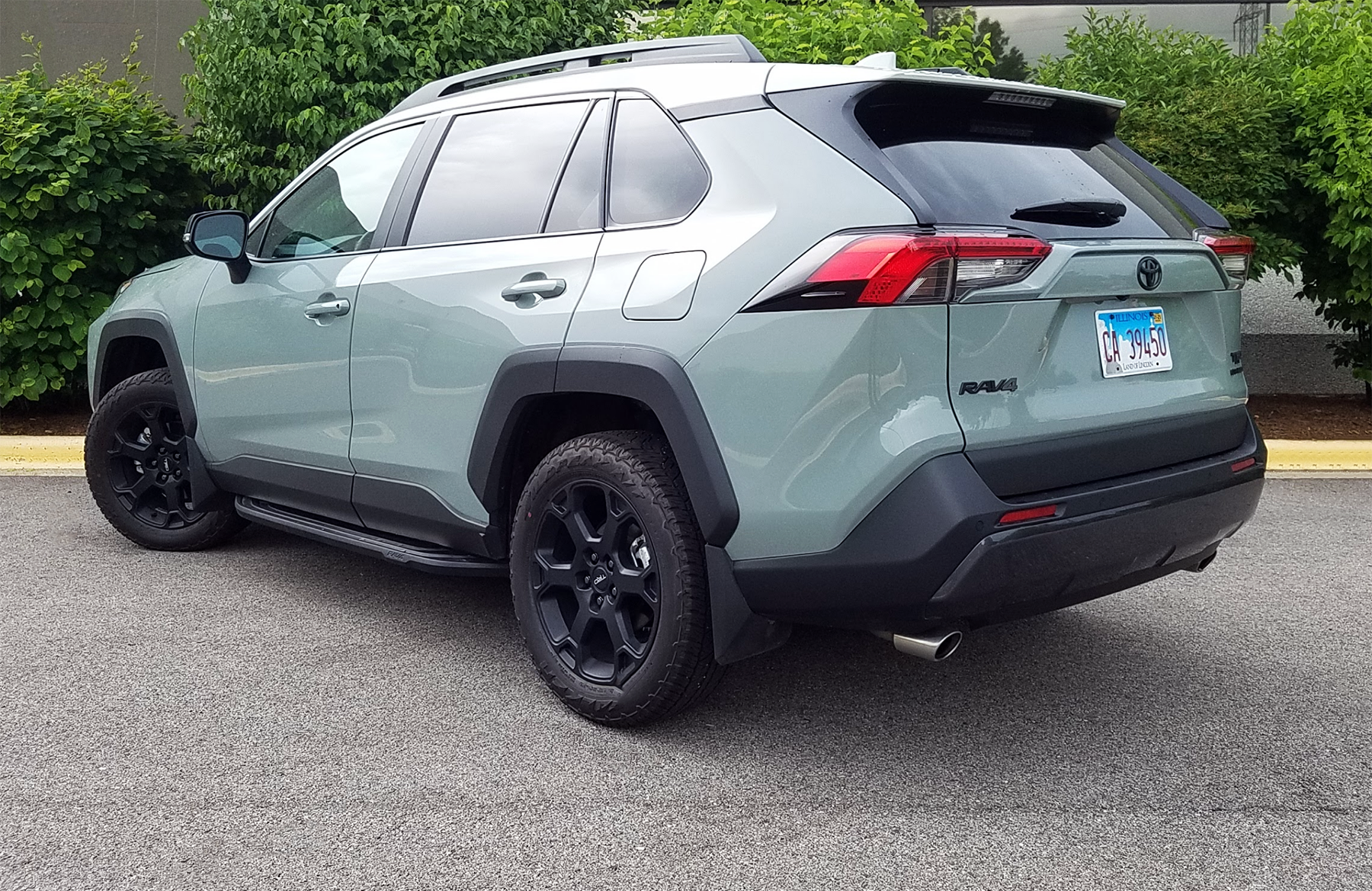
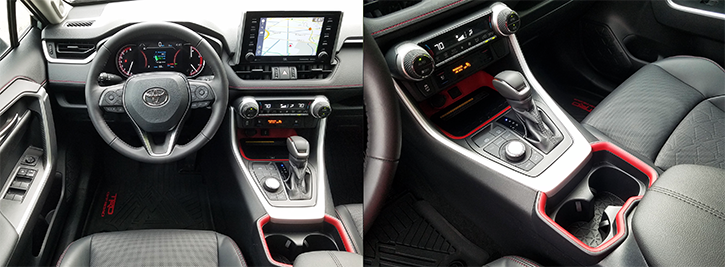
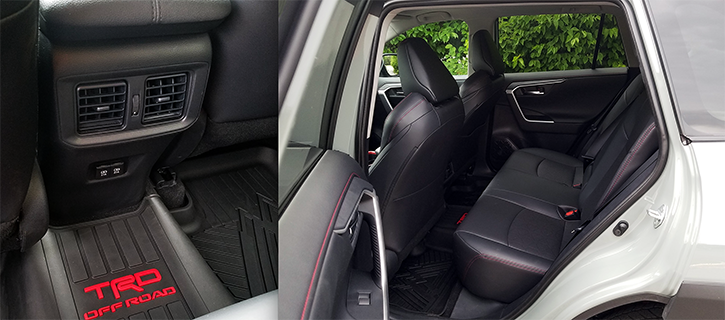
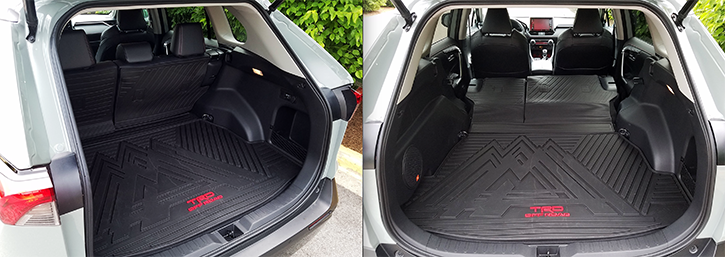
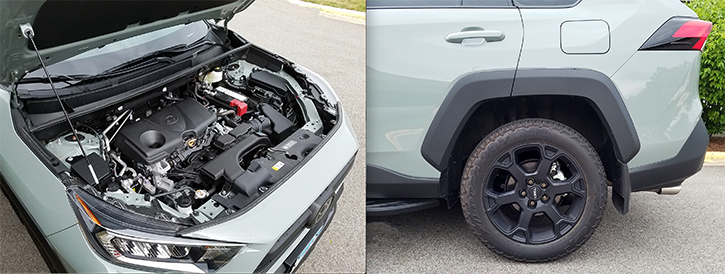
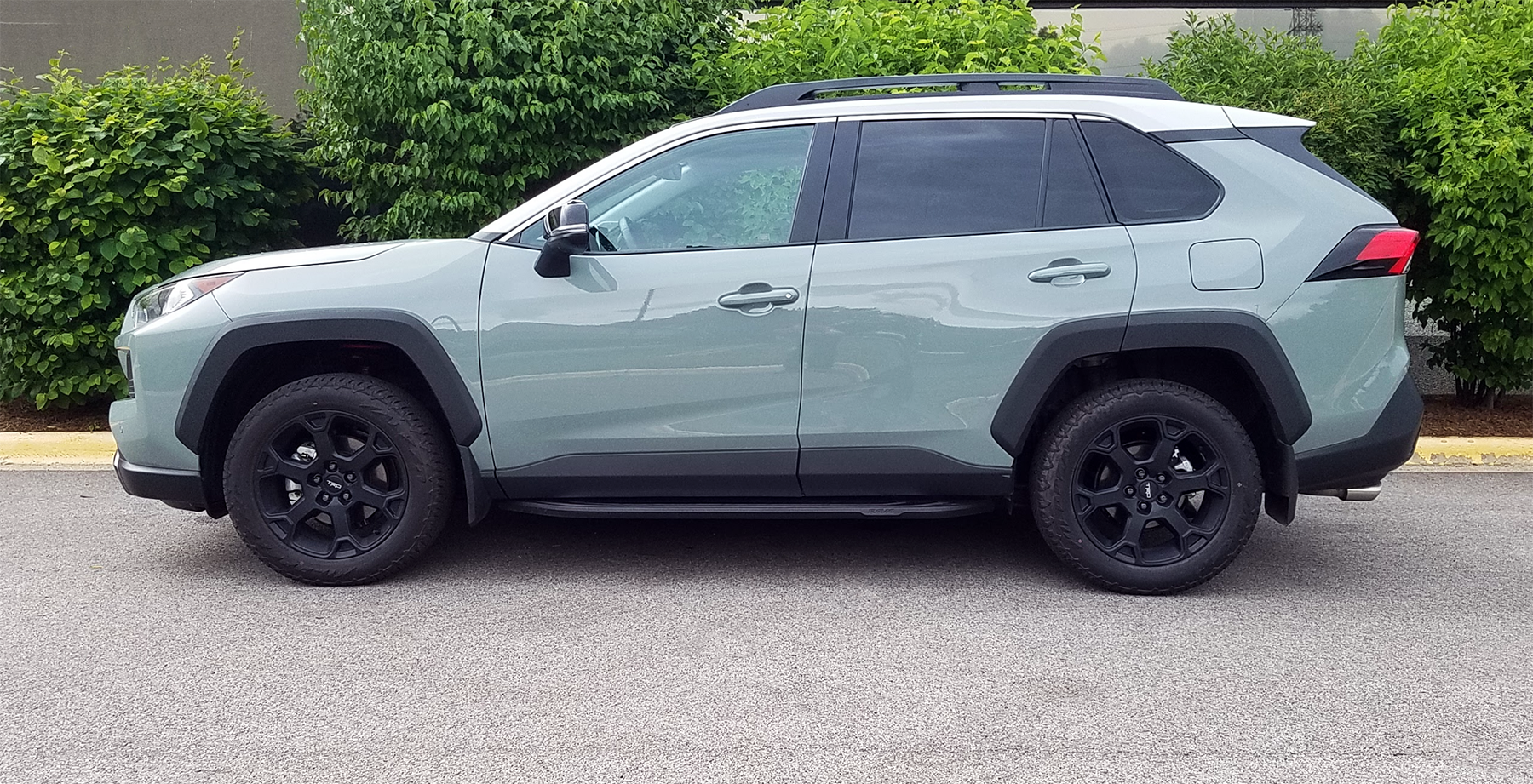
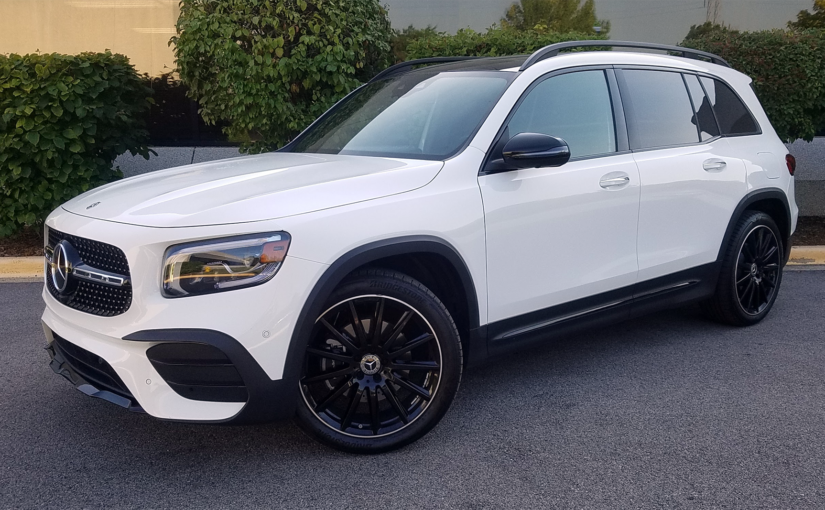
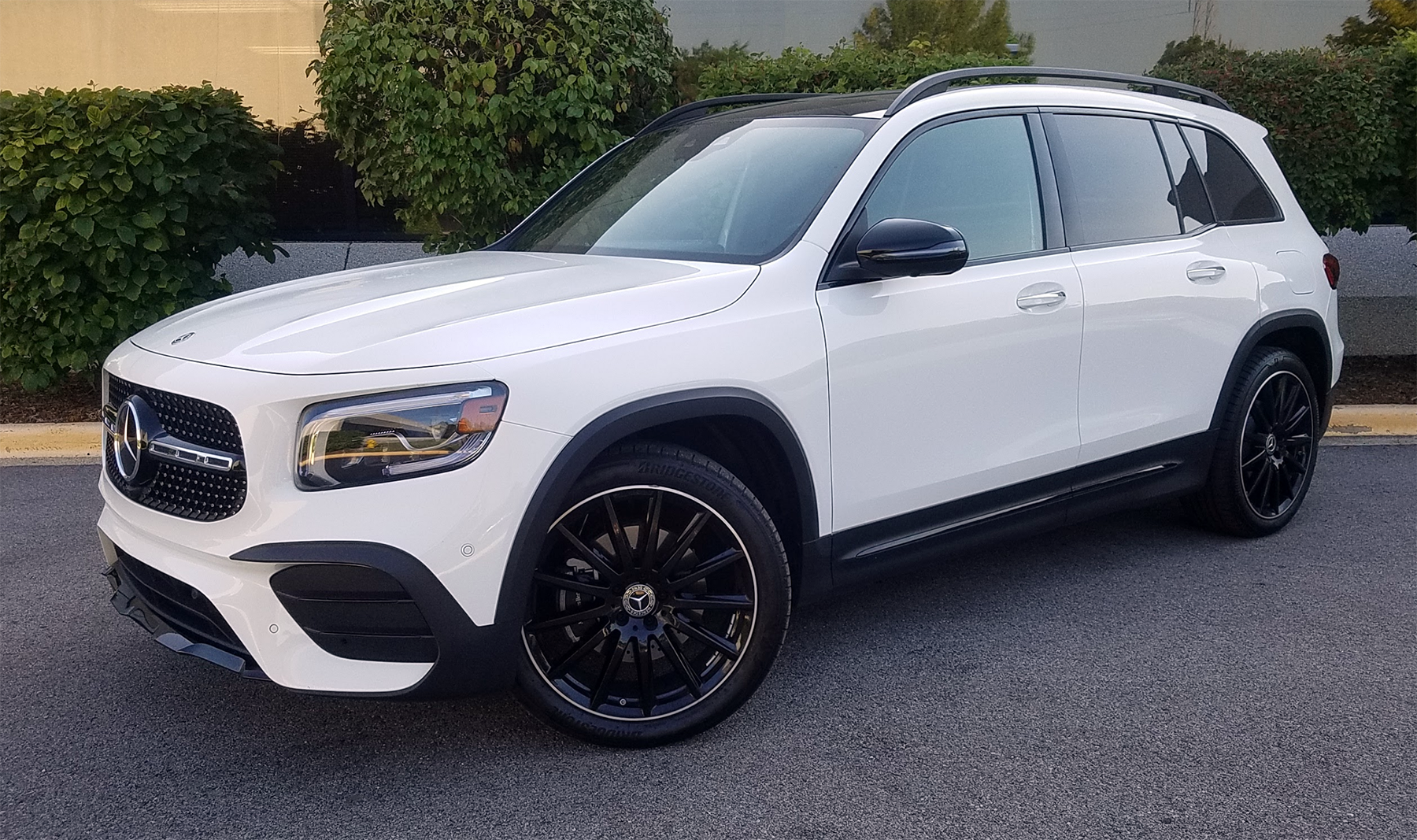
 2020 Mercedes-Benz GLB250 4Matic
2020 Mercedes-Benz GLB250 4Matic